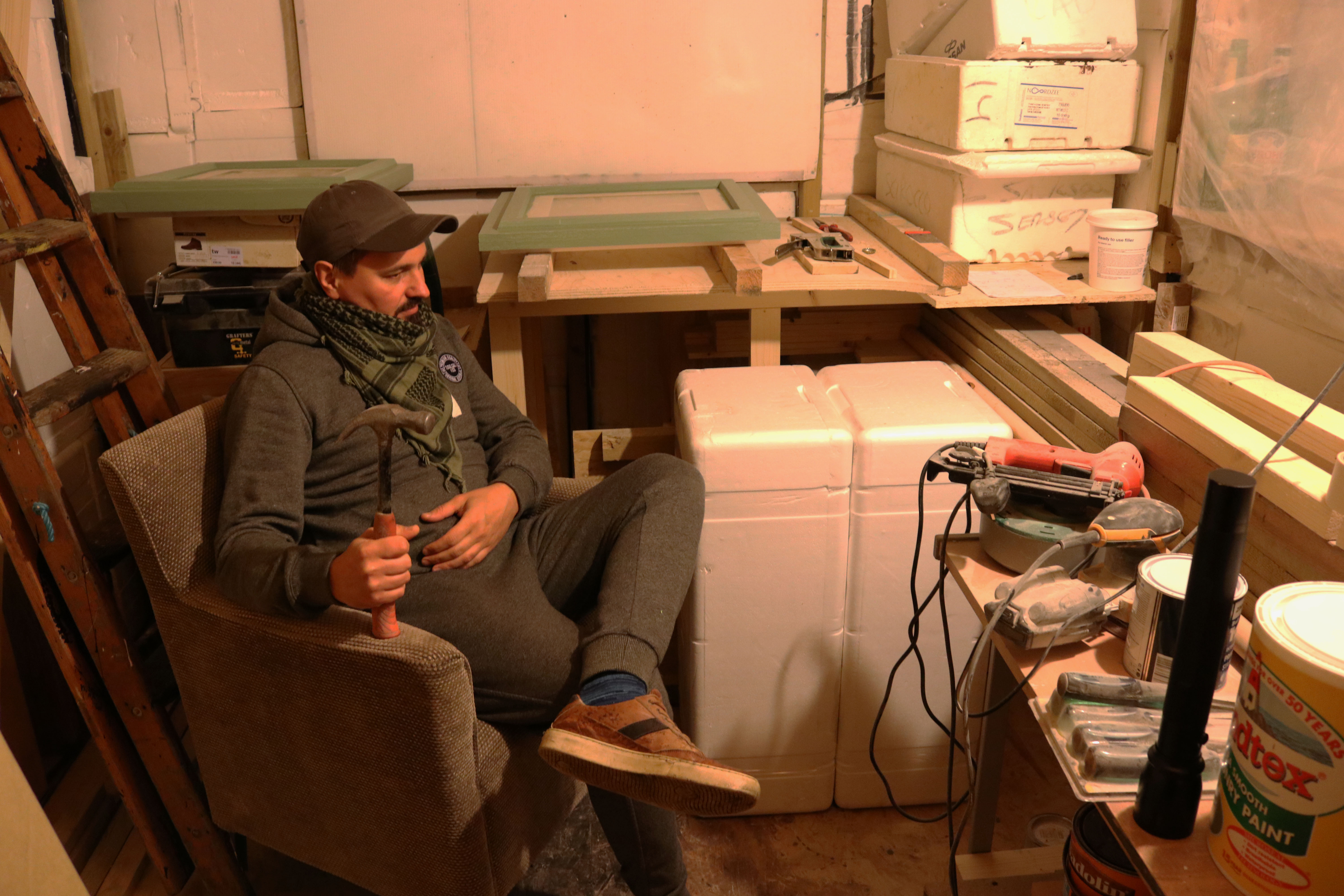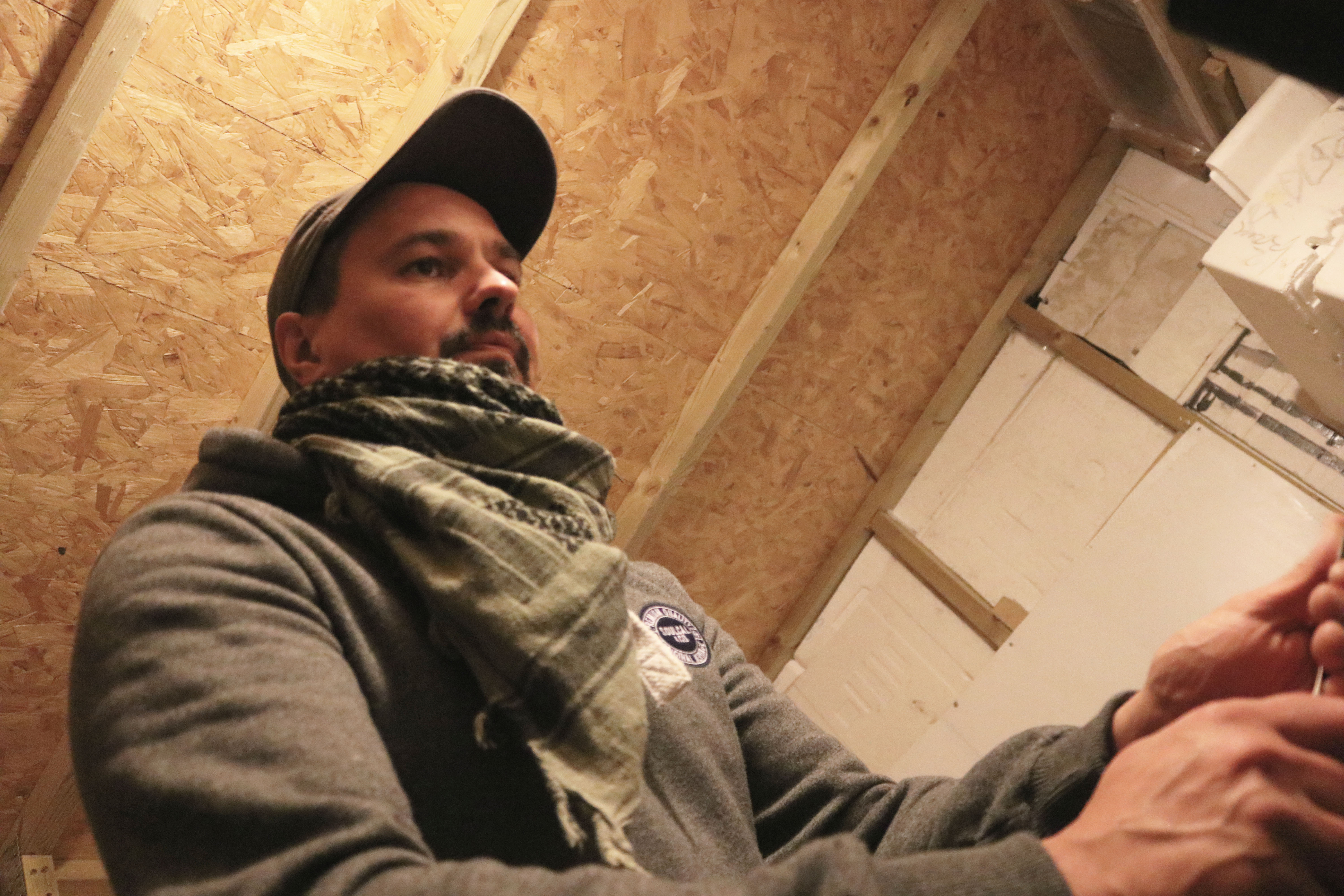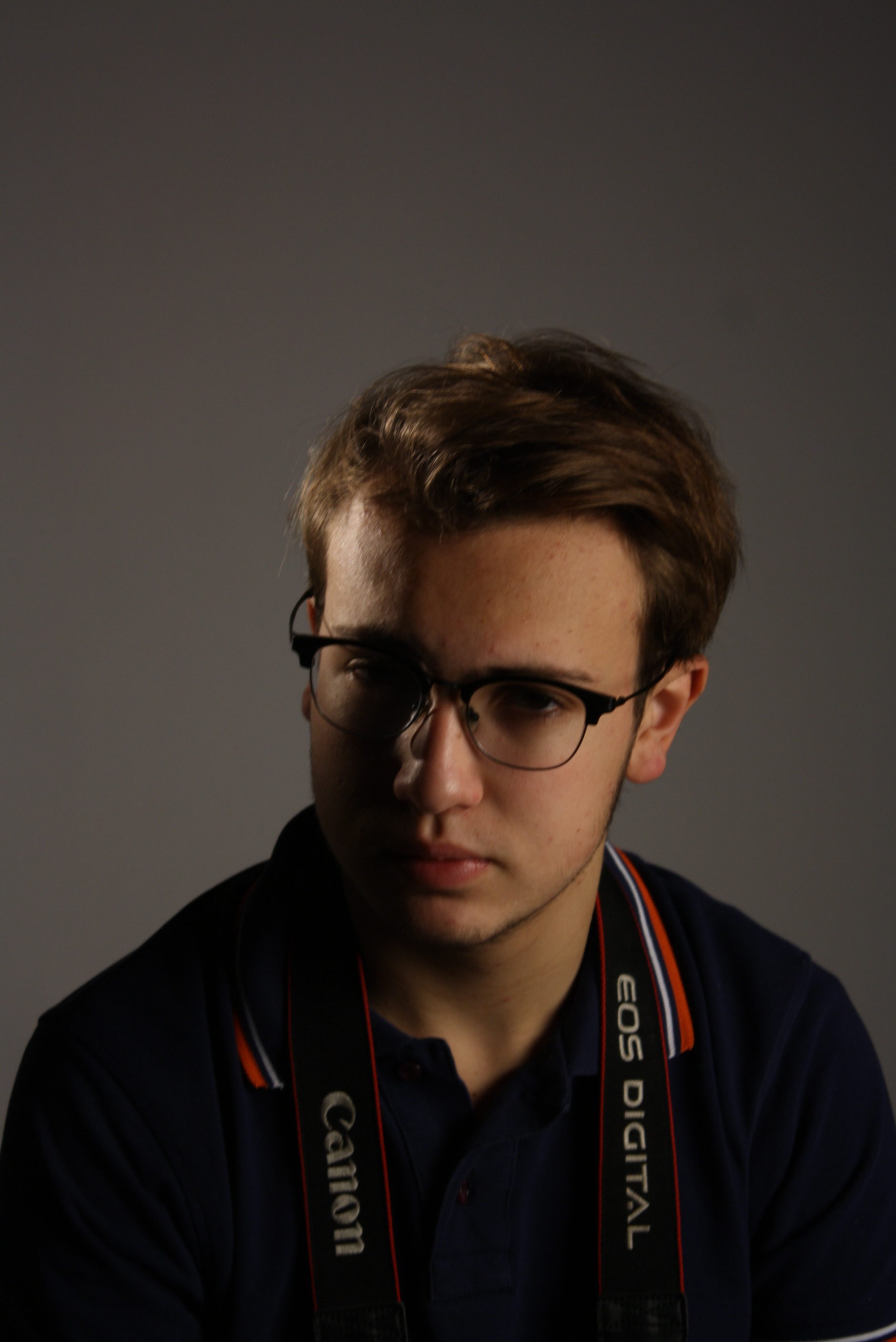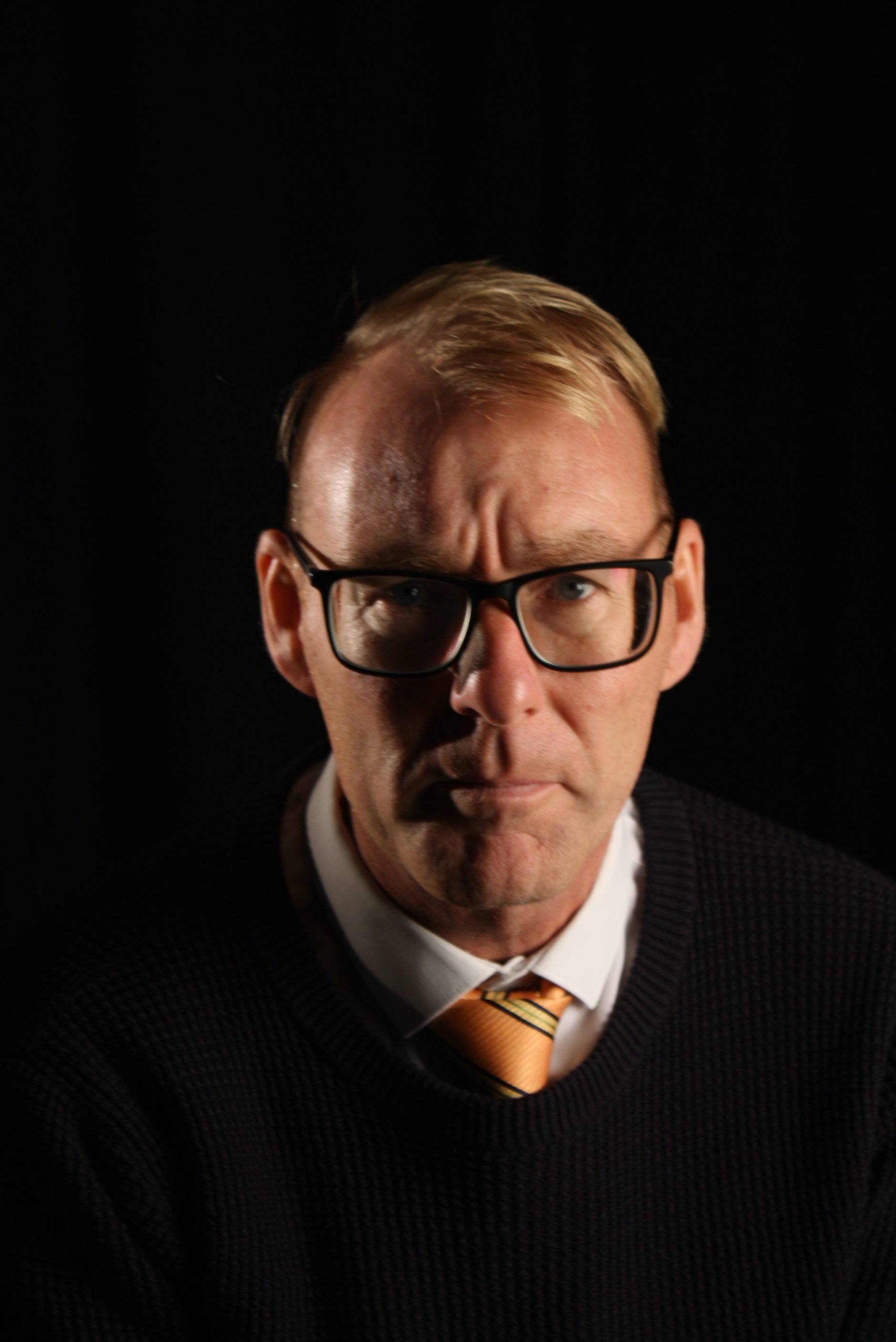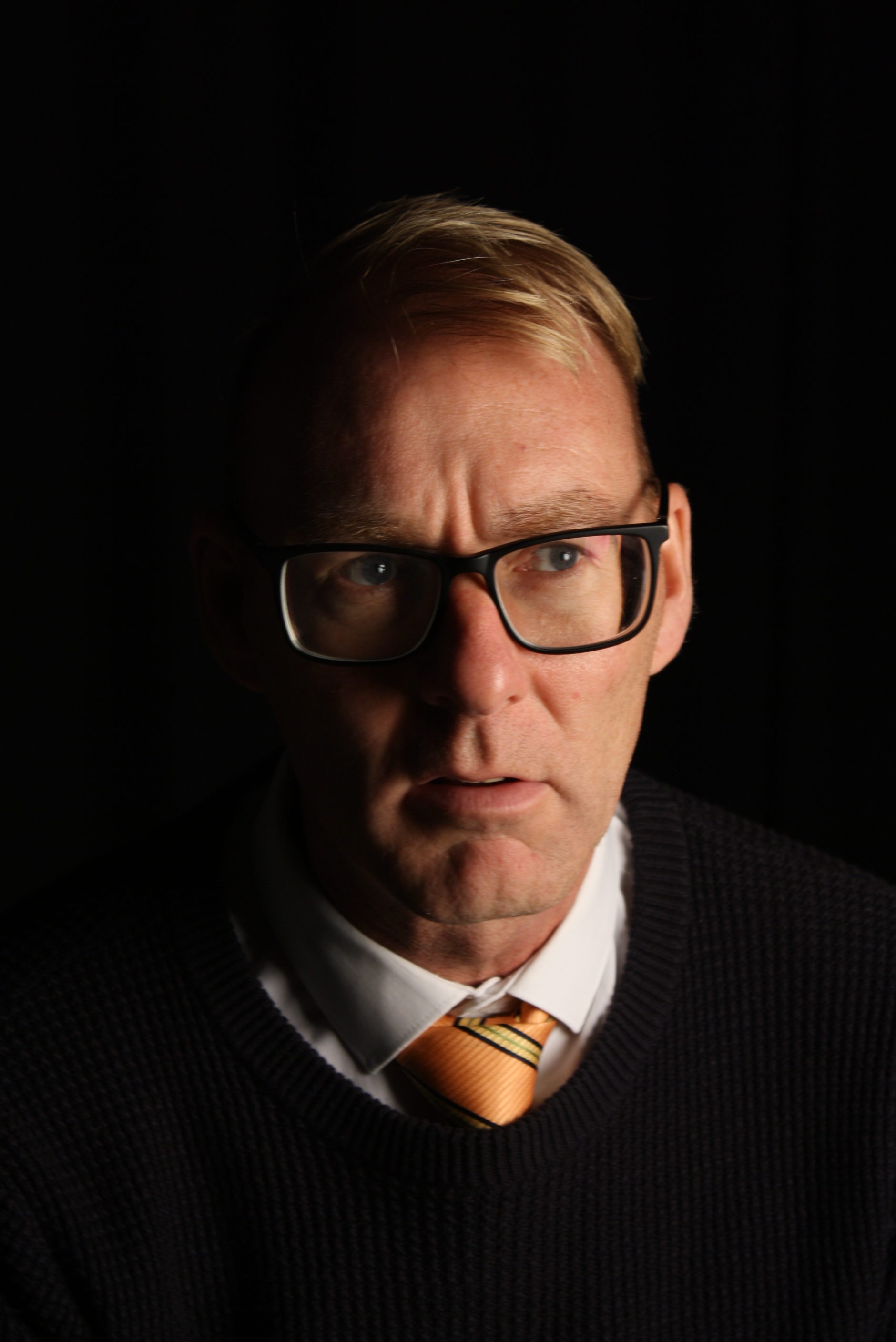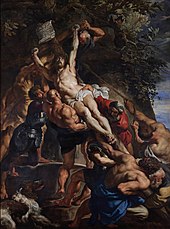All posts by Filip S
Filters
Journeys and Pathways MoodBoard

Jesse Draxler and John Stezaker artist References – Photomontage
Jesse Draxler

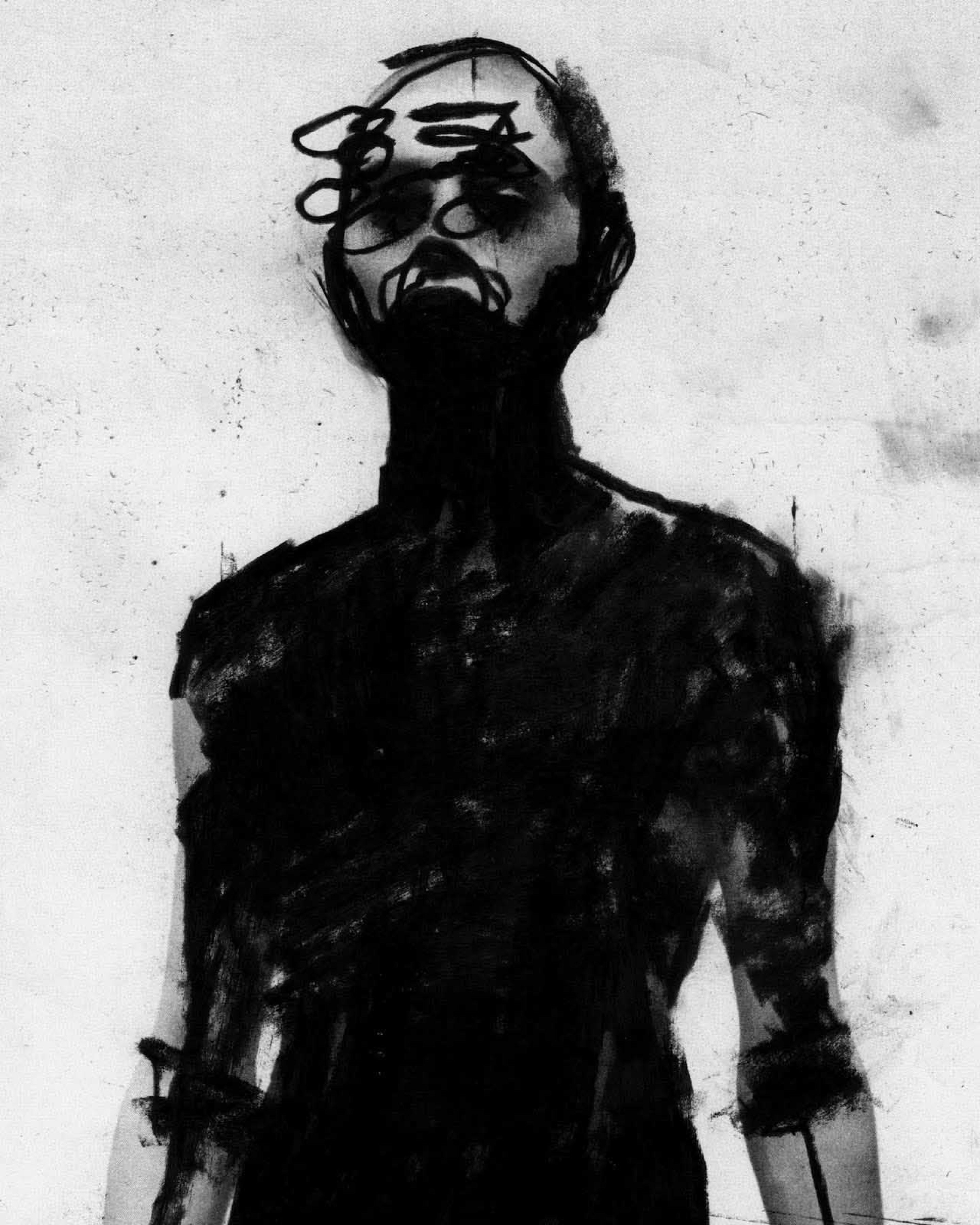
Jesse Draxler is an American artist, born in 1981 in Wisconsin, lives and works in Los Angeles, and has obtained his Bachelor of Fine Arts from the College of Visual Arts in St. Paul, Minnesota. His work primarily involves own photography and archived images which are then heavily manipulated and distorted to create eerie scenes which are always presented in gray scale for a sinister and vintage effect.
John Stezaker


John Stevaker is an English conceptual artist and was born in 1949, in Worcester, and graduated with a higher diploma in fine art in 1973 from Slade School of Art in London.
In the early 1970s, he was among the first wave of British conceptual artists to react against what was then the predominance of Pop art. His work is surreal in tone and is often made using collage and the appropriation of pre-existing images such as postcards, film stills, and publicity photographs.
MoodBoard
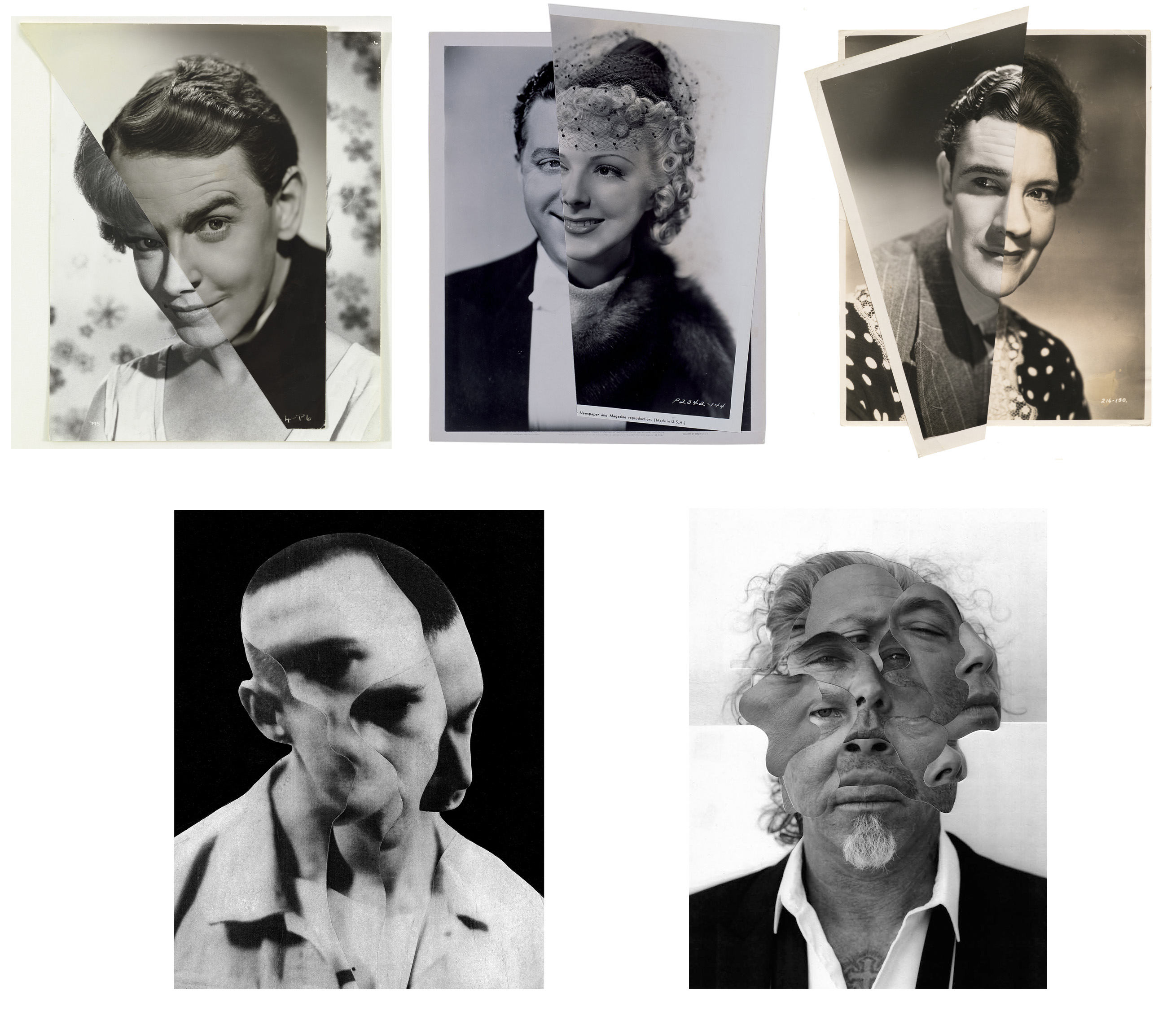
Responses


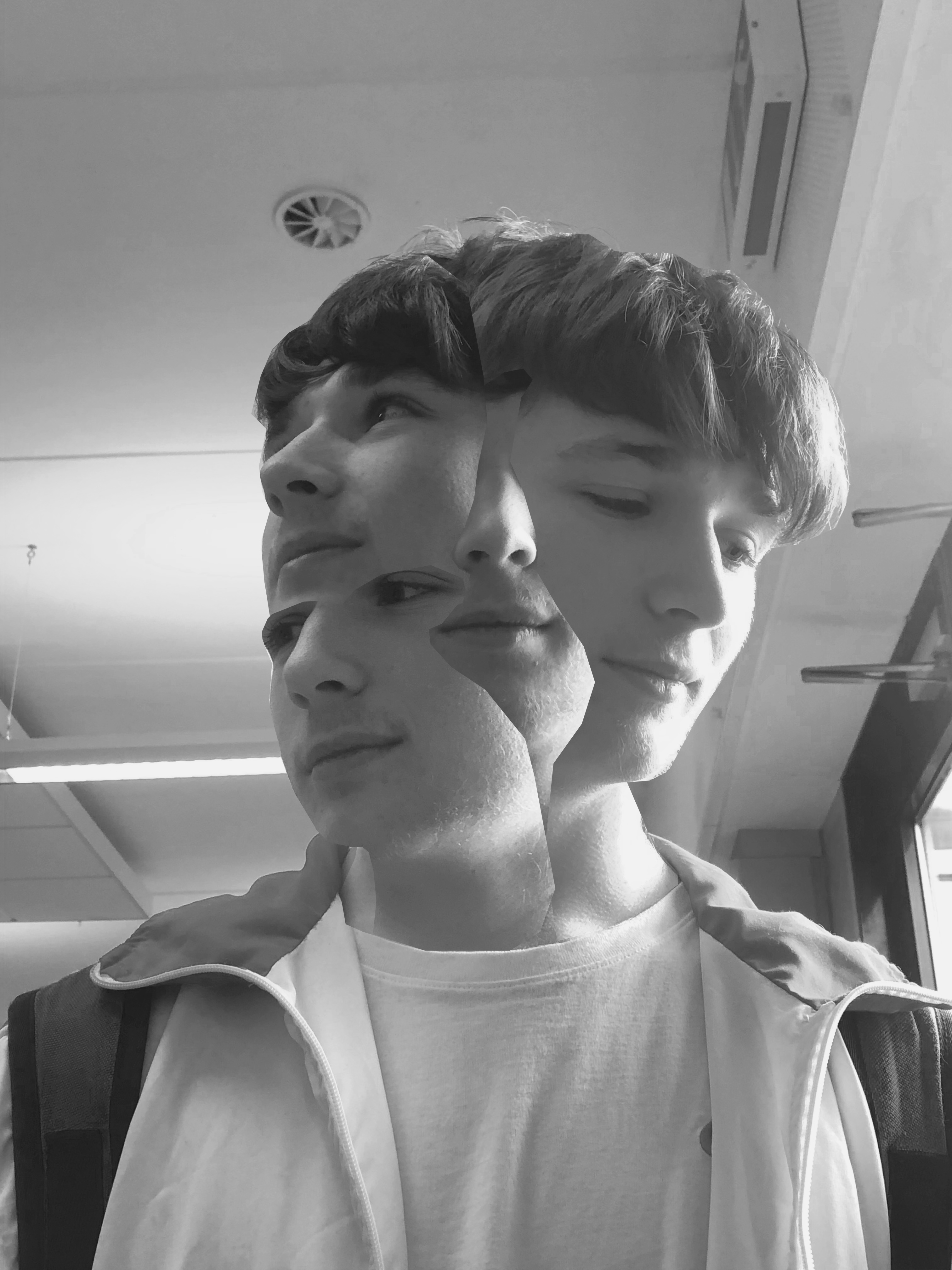

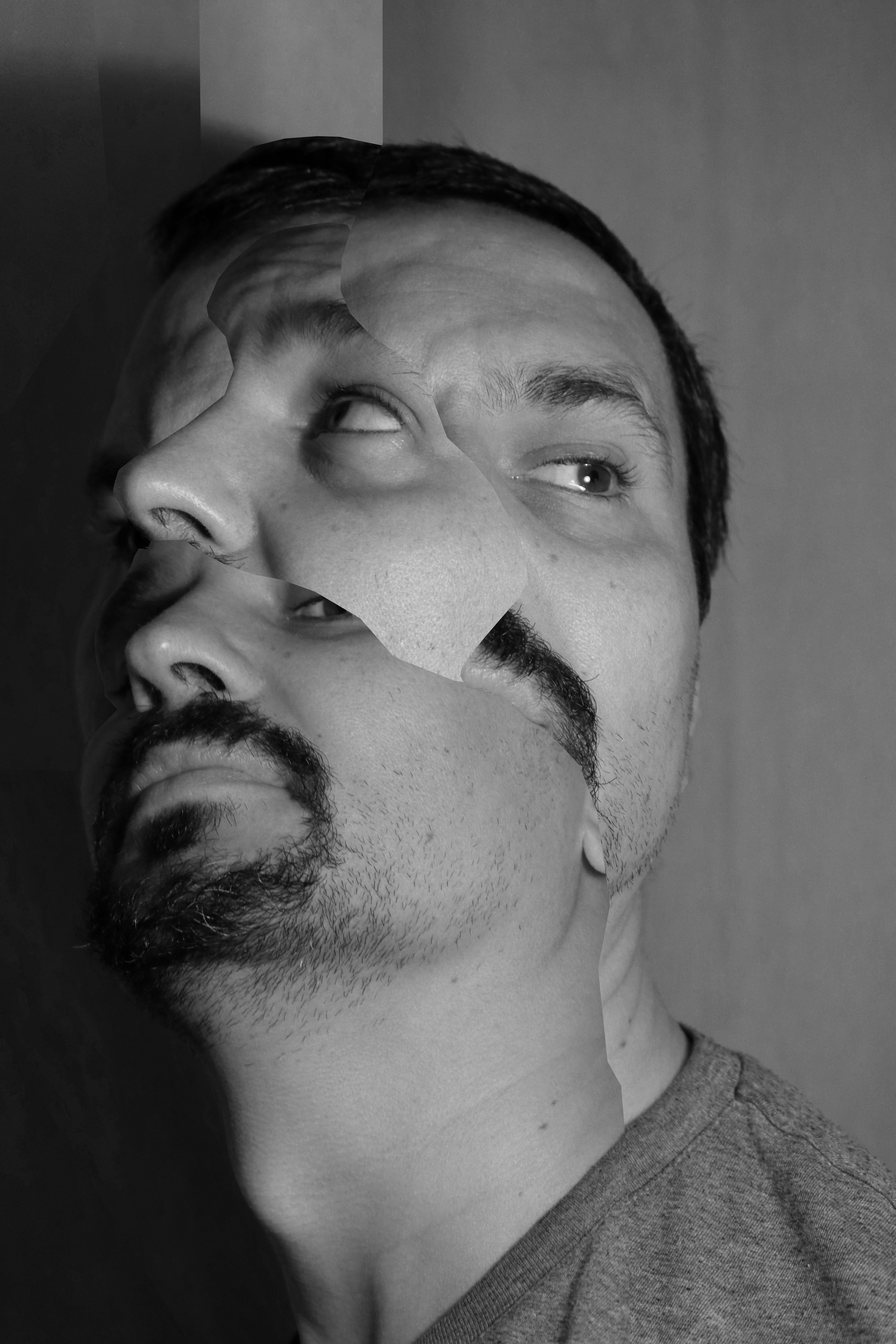
Photomontage
Background
Photomontage is often used as a means of expressing political dissent.
It was first used as a technique by the dadaists in 1915 in their protests against the First World War. It was later adopted by the surrealists who exploited the possibilities photomontage offered by using free association to bring together widely disparate images, to reflect the workings of the unconscious mind.
In 1923 the Russian constructivist Aleksander Rodchenko began experimenting with photomontage as a way of creating striking socially engaged imagery concerned with the placement and movement of objects in space.
Other key exponents of the medium are John Heartfield, the German artist who reconstructed images from the media to protest against Germany’s Fascist regime and Peter Kennard; whose photomontages explored issues such as economic inequality, police brutality and the nuclear arms race between the 1970s and the 1990s.
Mood Board

Examples of Early – Late 20th Century Photo-montage

Raoul Hausmann’s – “The Art Critic”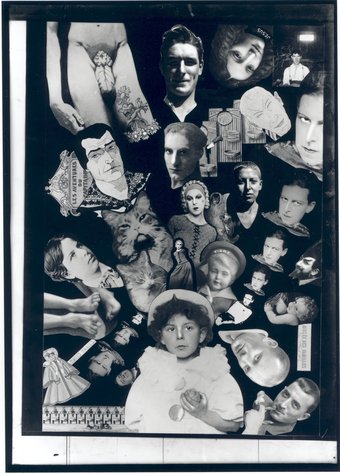

Photo-montages by Claude Cahun and Marcel Moore
Window Lighting & Using Reflectors
Window lighting is soft light caused by natural light being diffused through a window. This is also a cheap and effective method of getting expensive; studio grade images.
Natural/window lighting also allows the photographer to move more easily from location to location without the hassle of moving movie equipment; such as lights and reflectors.
During the photo-shoot, reflectors were also used to reflect the light towards the model. Reflectors are useful as in flat lighting, a reflector can add interest or drama to the shot. https://www.shawacademy.com/blog/a-beginners-guide-to-lighting-a-photo-with-a-reflector/
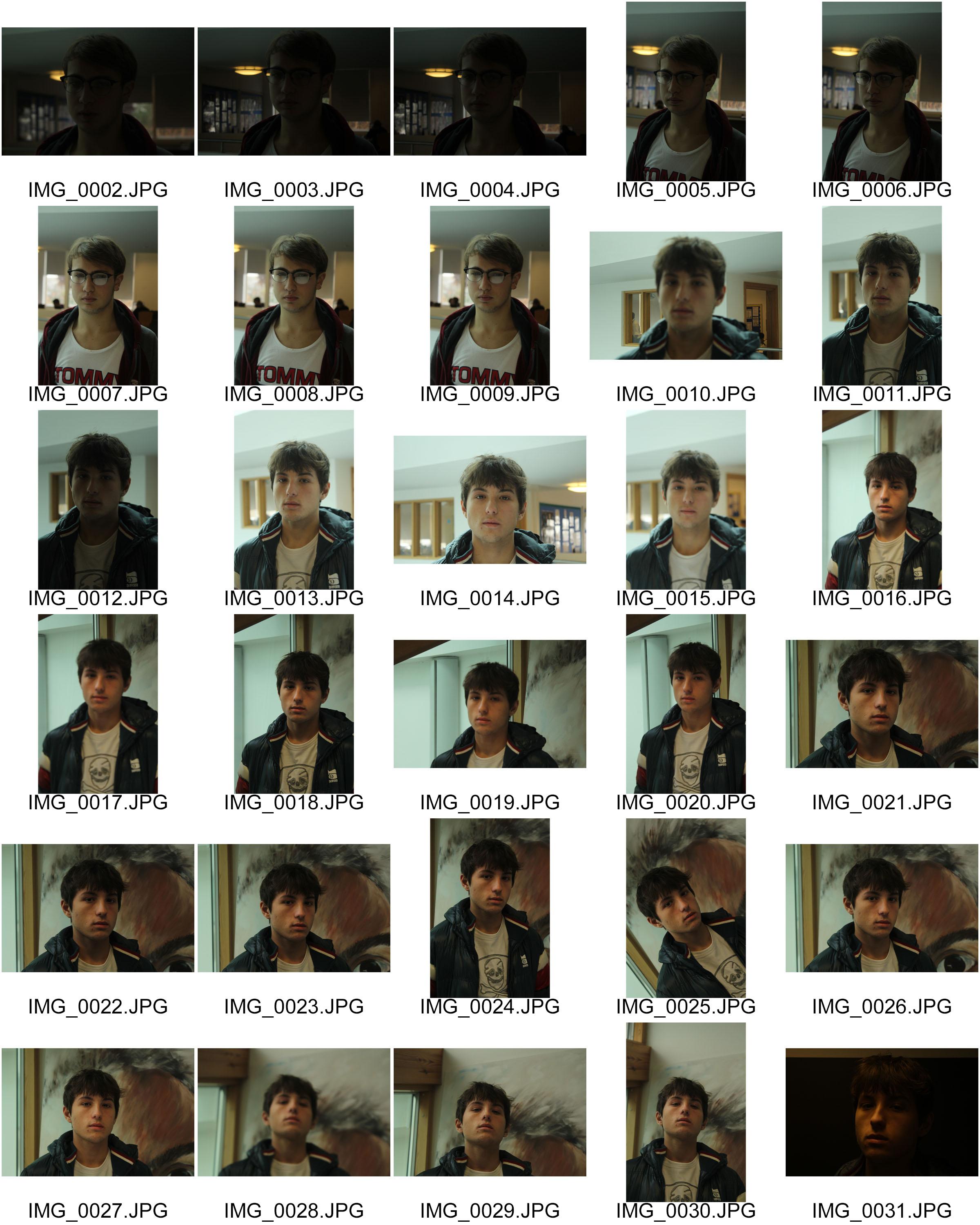

Best Images
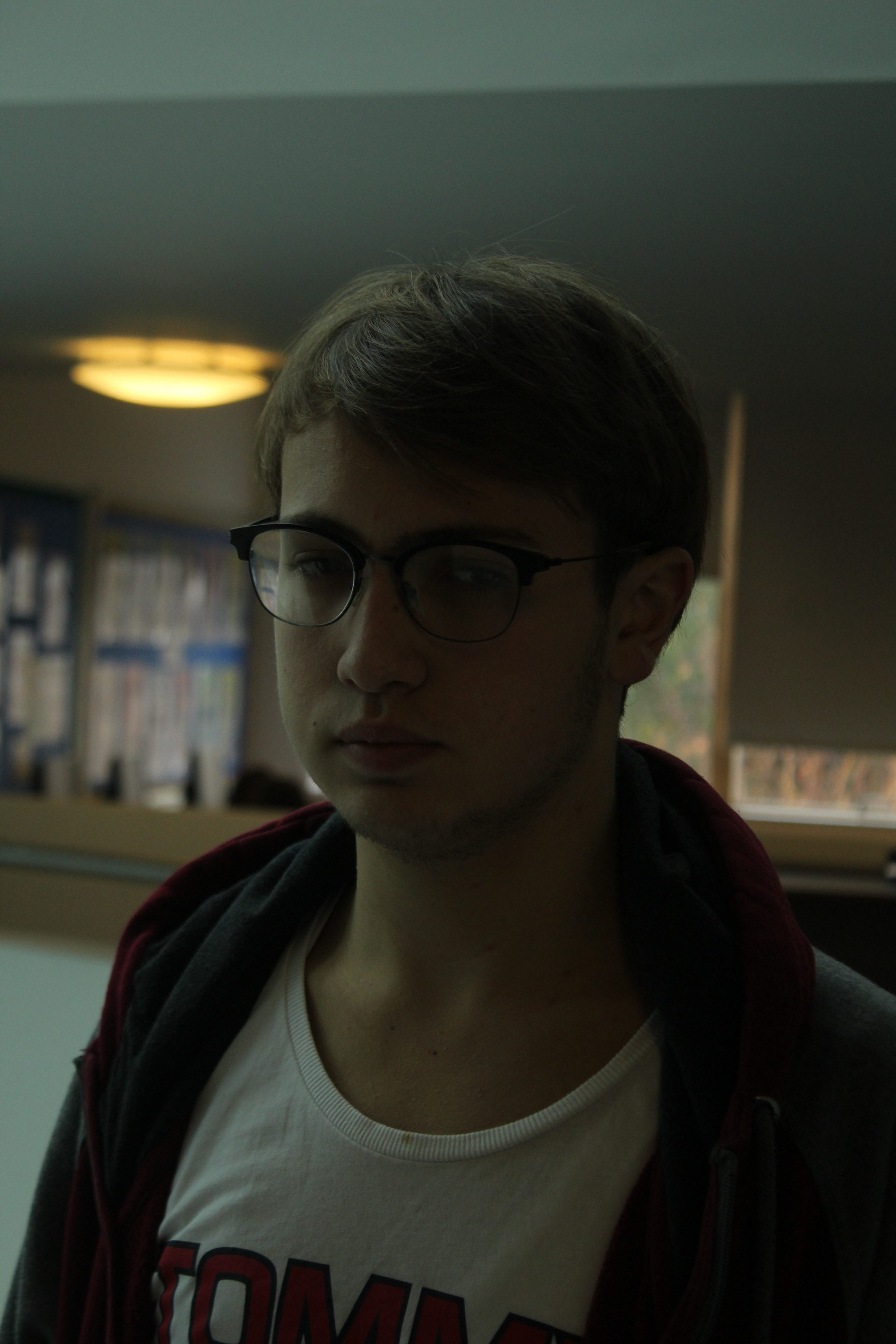
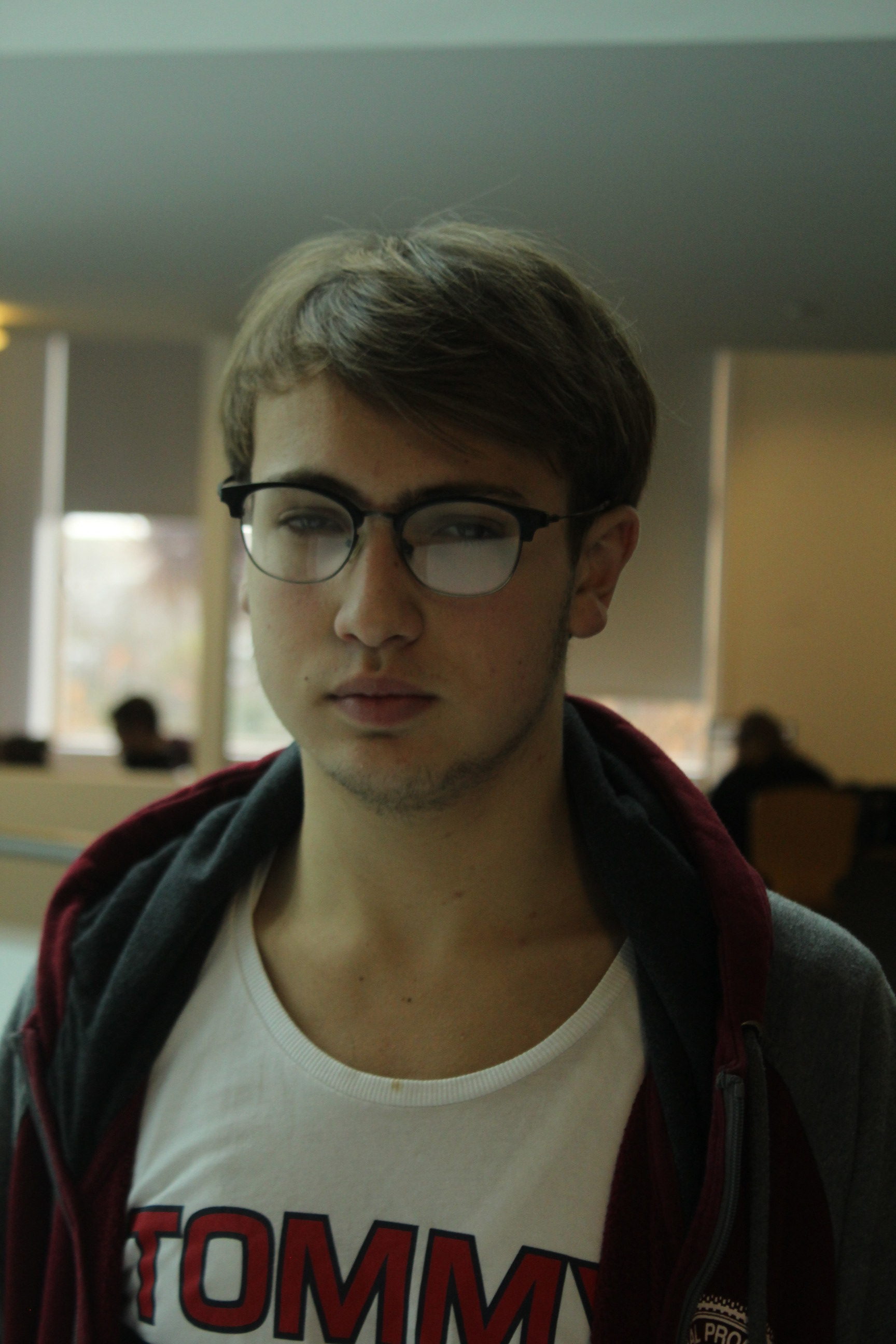
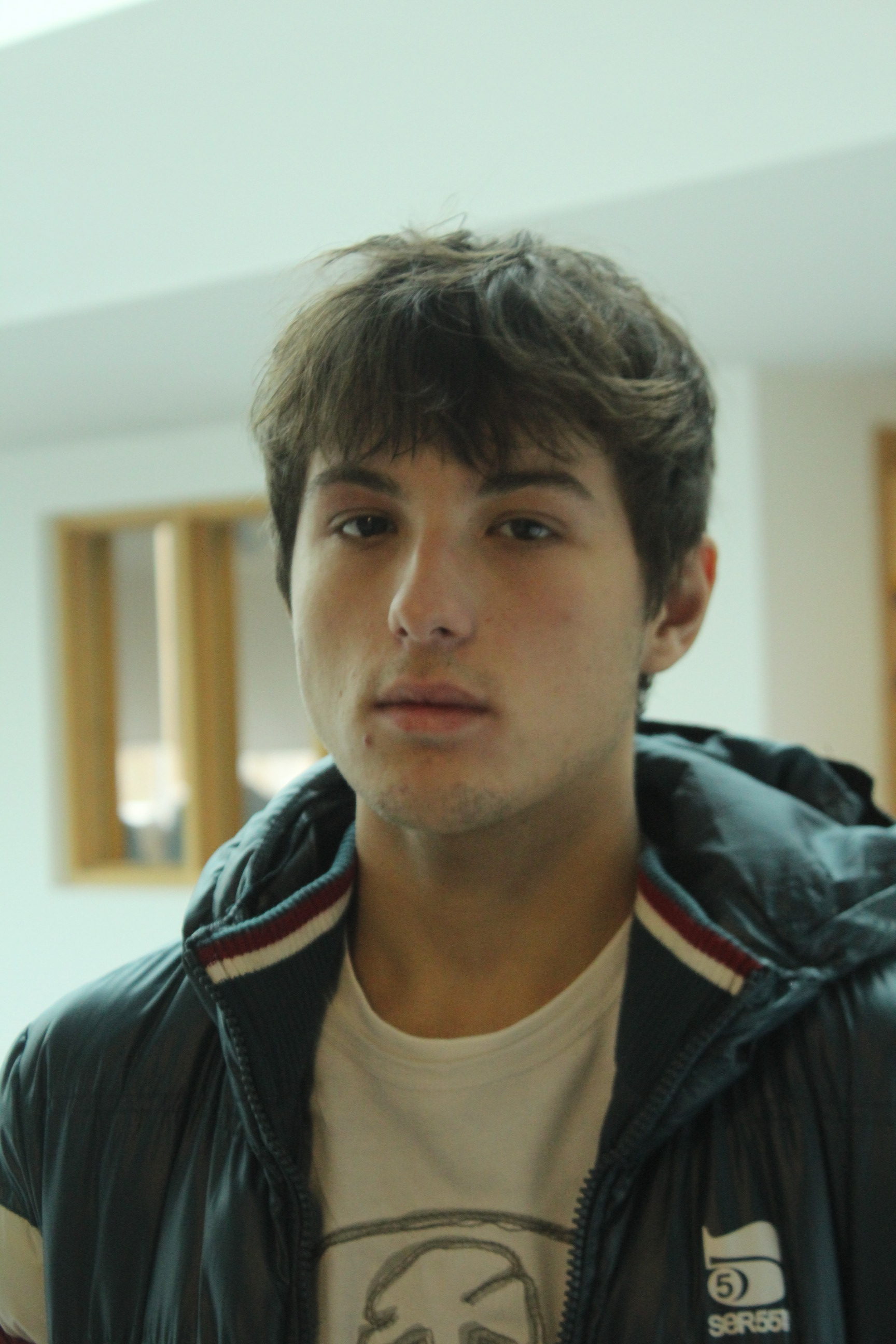
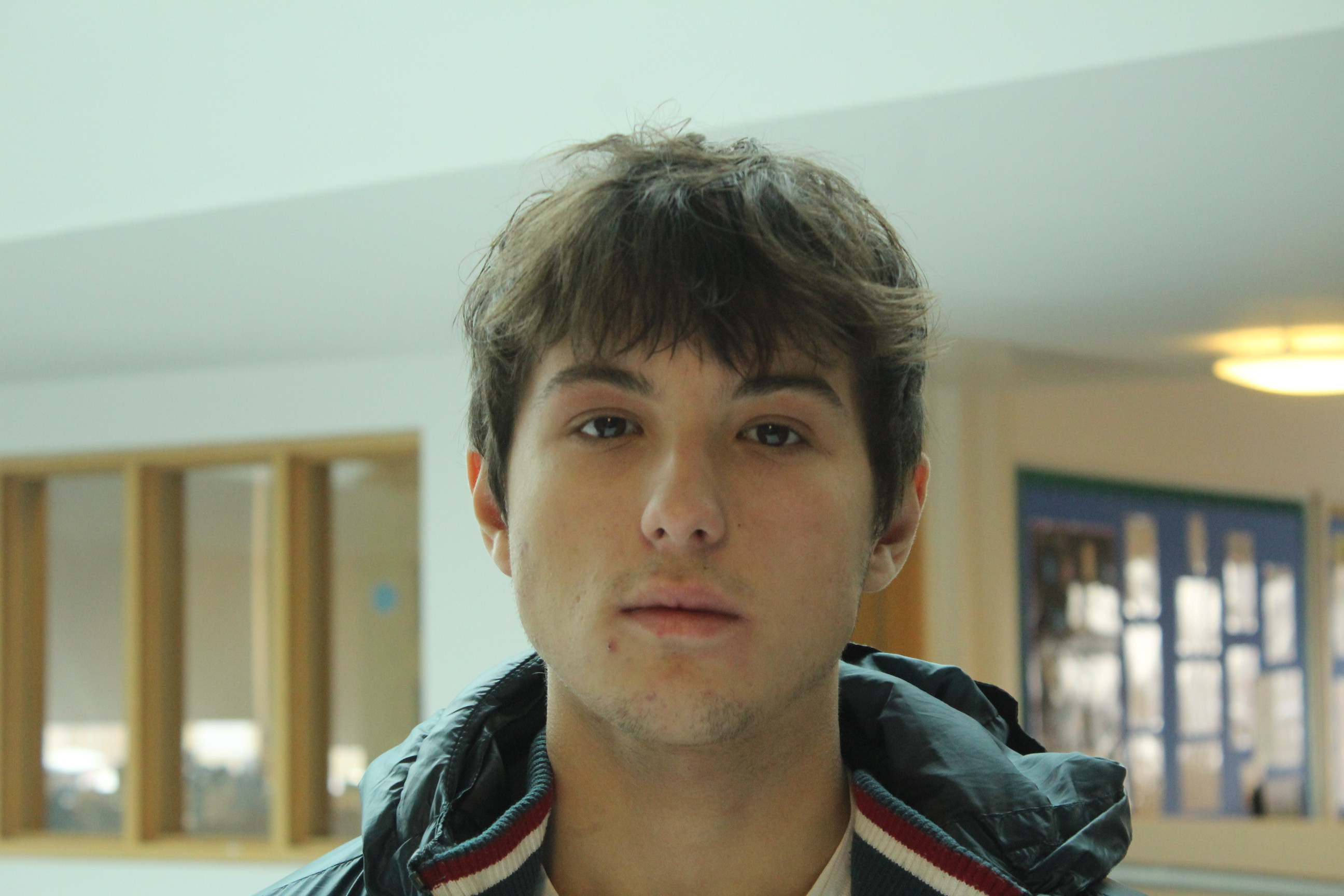
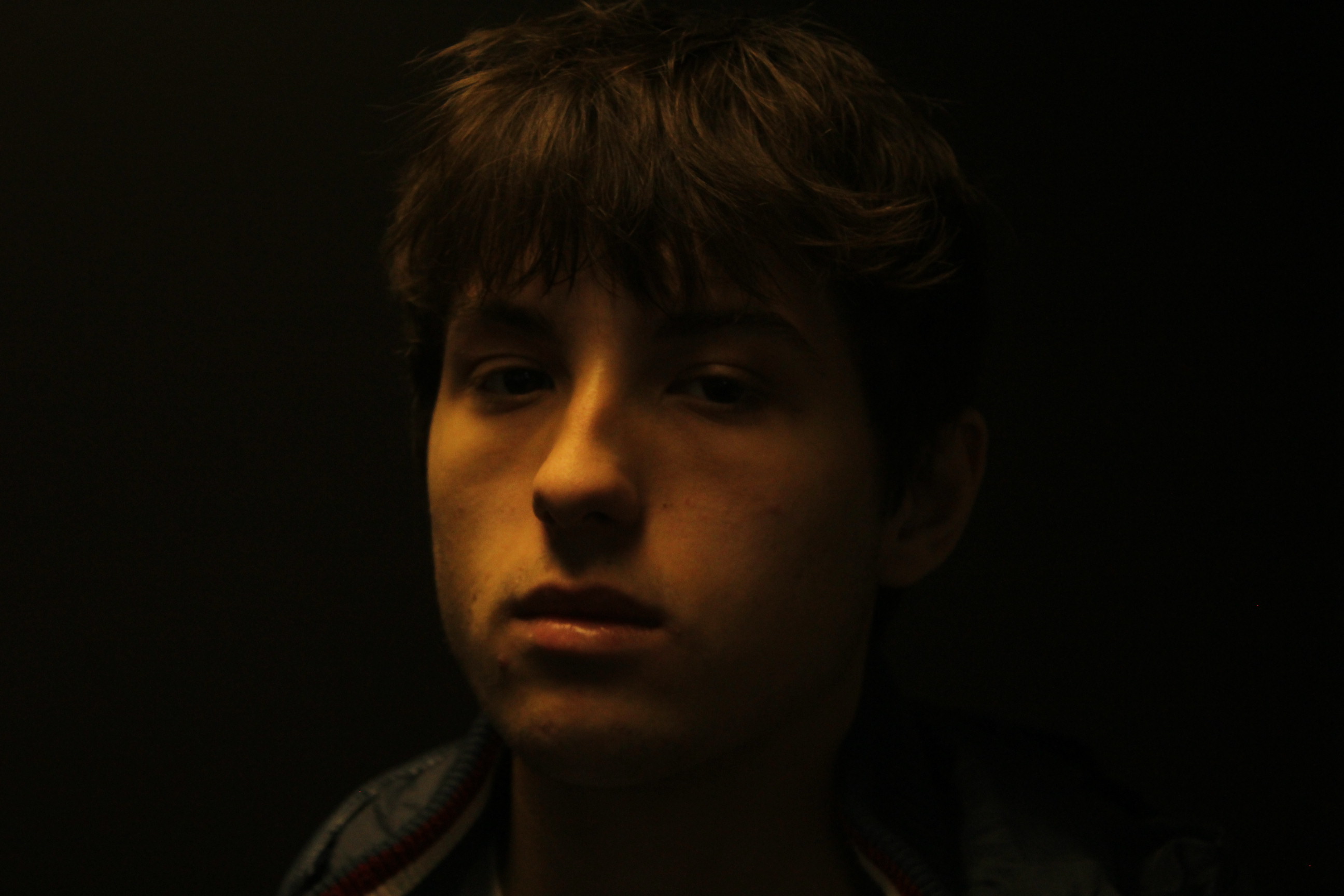

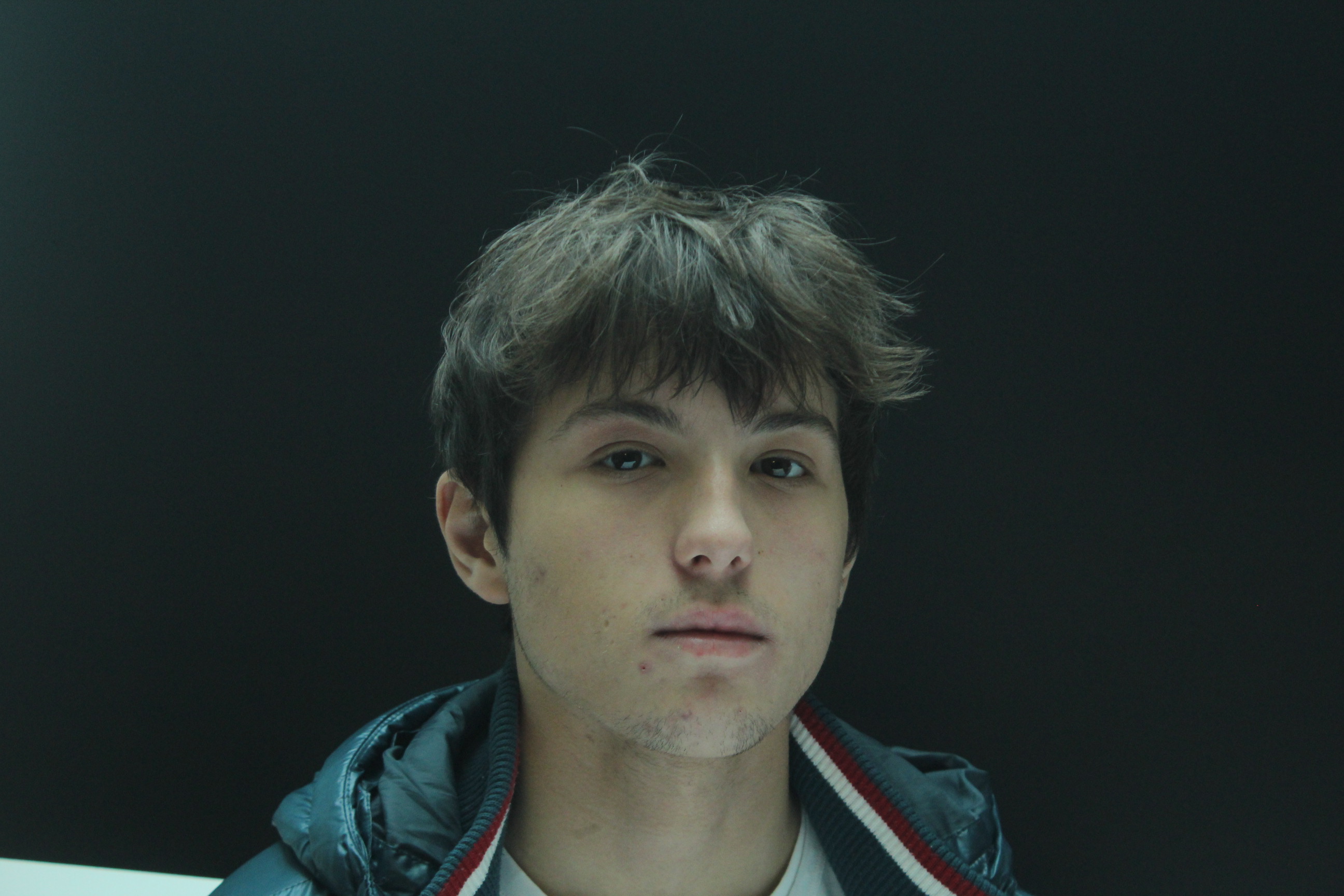
Tableau Vivant
A tableau vivant, French for ‘living picture’, is a static scene containing one or more actors or models. They are stationary and silent, usually in costume, carefully posed, with props and/or scenery, and may be theatrically lit. It thus combines aspects of theatre and the visual arts; a group of models or motionless figures representing a scene from a story or from history.
Paul M Smith, uses MULTIPLE EXPOSURE TECHNIQUE
Tableau In Class
The two paintings which the class recreated were “Deposition / The Entombment of Christ” by Caravaggio, and “Liberty Leading the People” by Eugène Delacroix.

The Entombment of Christ – Caravaggio

Class Responses
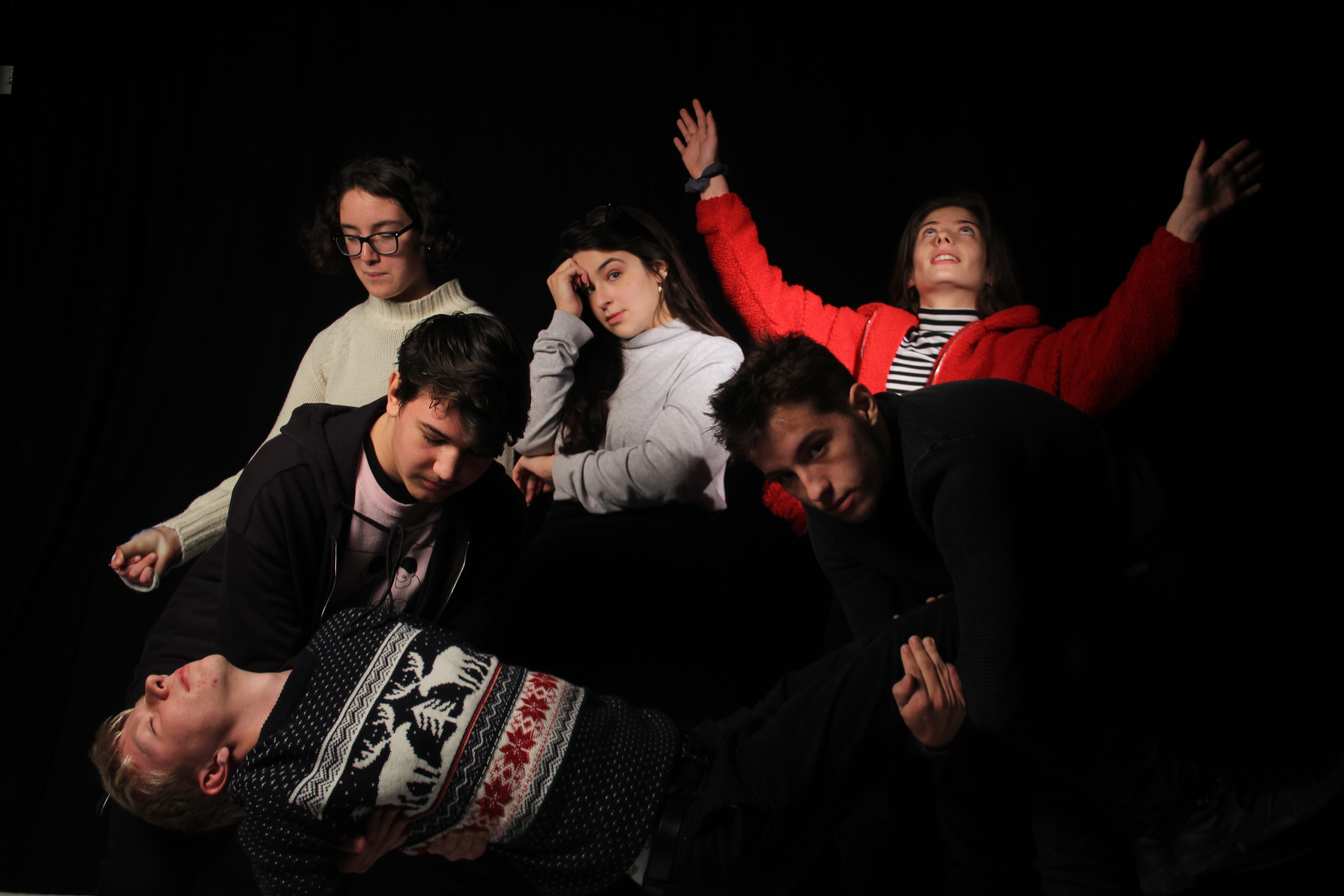
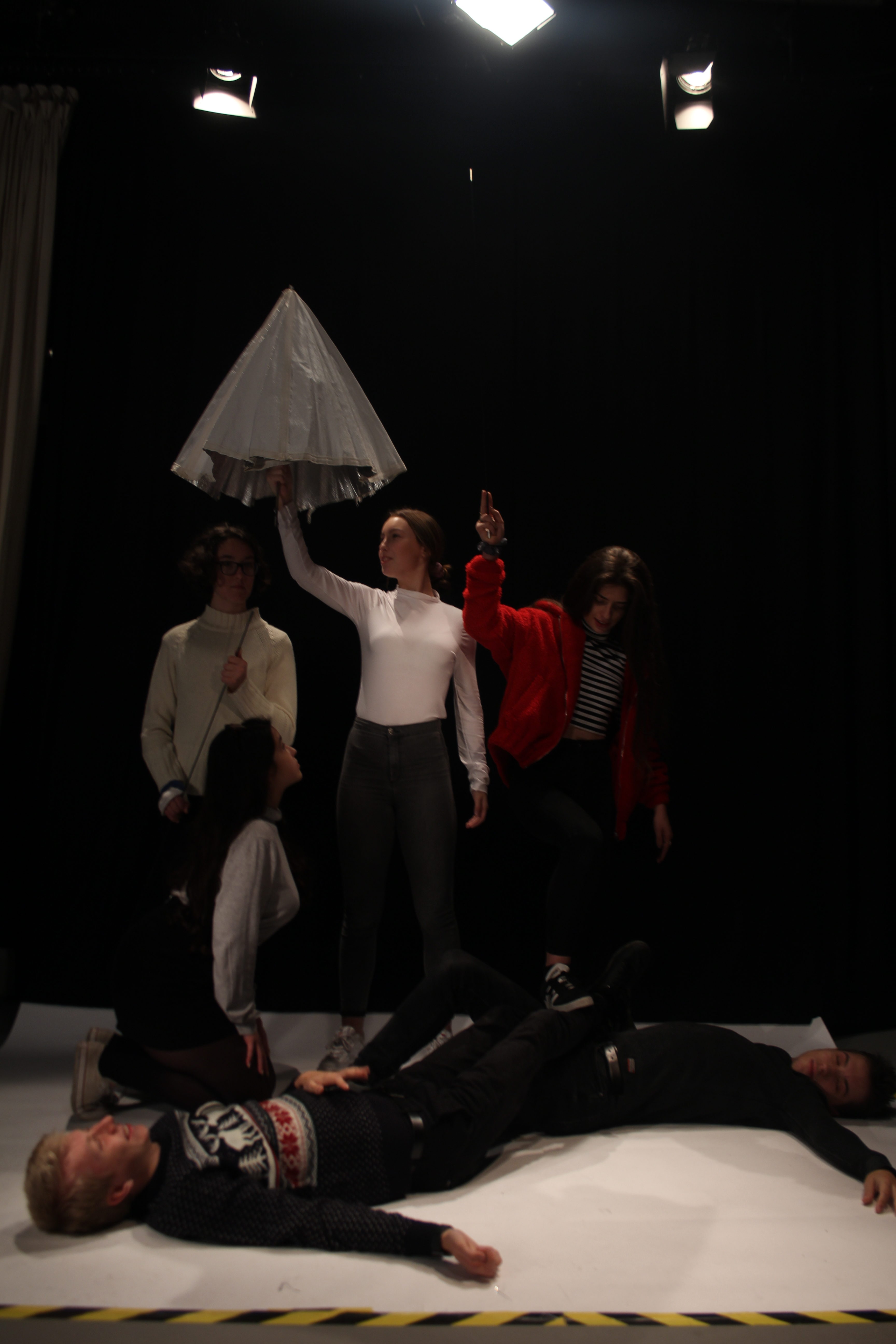
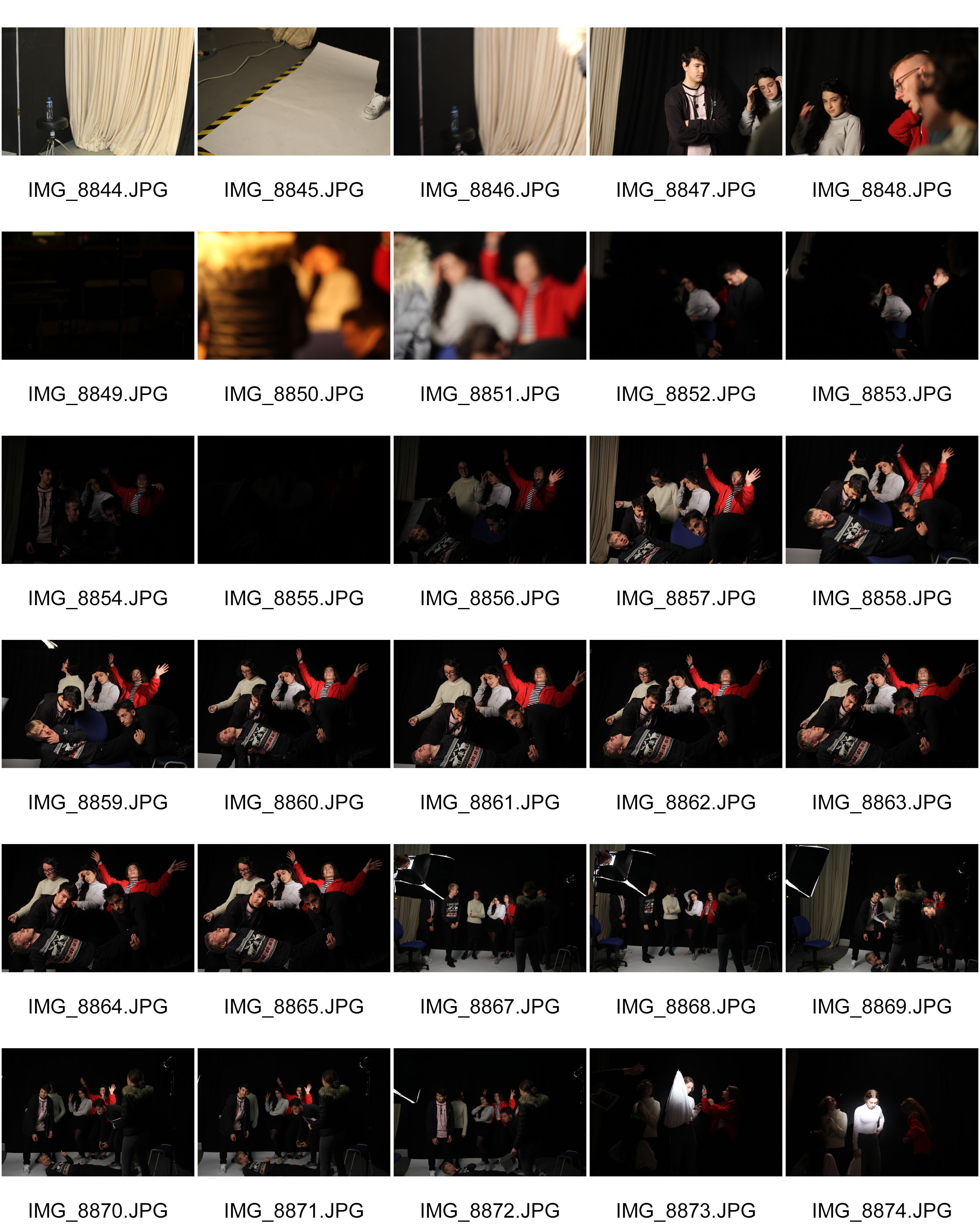
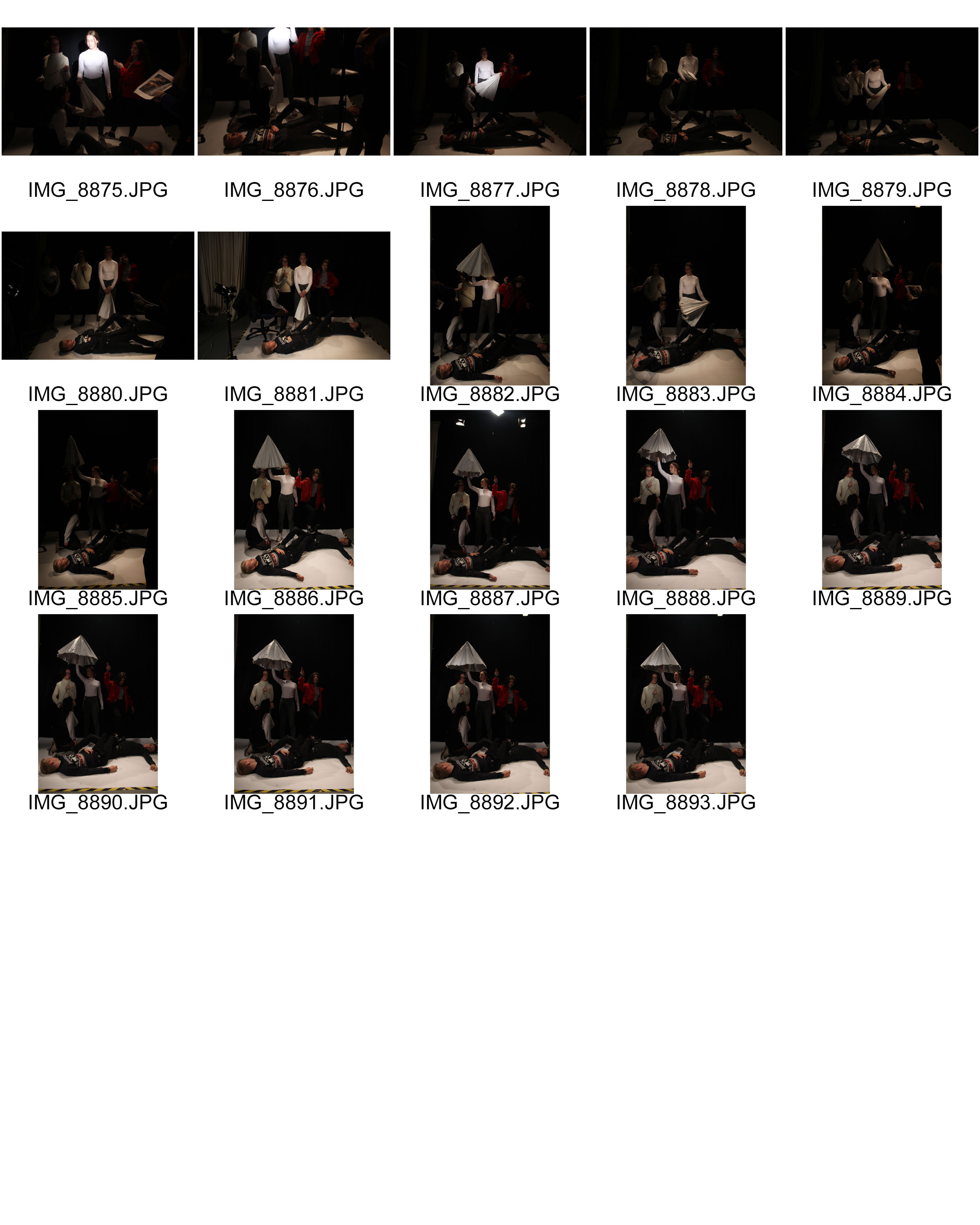
Editing Of Class Response

![]()
Own Tableaux Response
Using Paul M Smith’s work as inspiration



Images by Paul M. Smith, from the collection: “Make My Night” http://www.paulmsmith.co.uk/
For my Tableaux Vivant and Paul M. Smith response, I would like to merge together and edit three separate images of the same subject; wearing different outfits, in different poses, and the in the same frame.
I will be responding to the renaissance work “Supper At Emmaus” – by Caravaggio; featured below.
Images
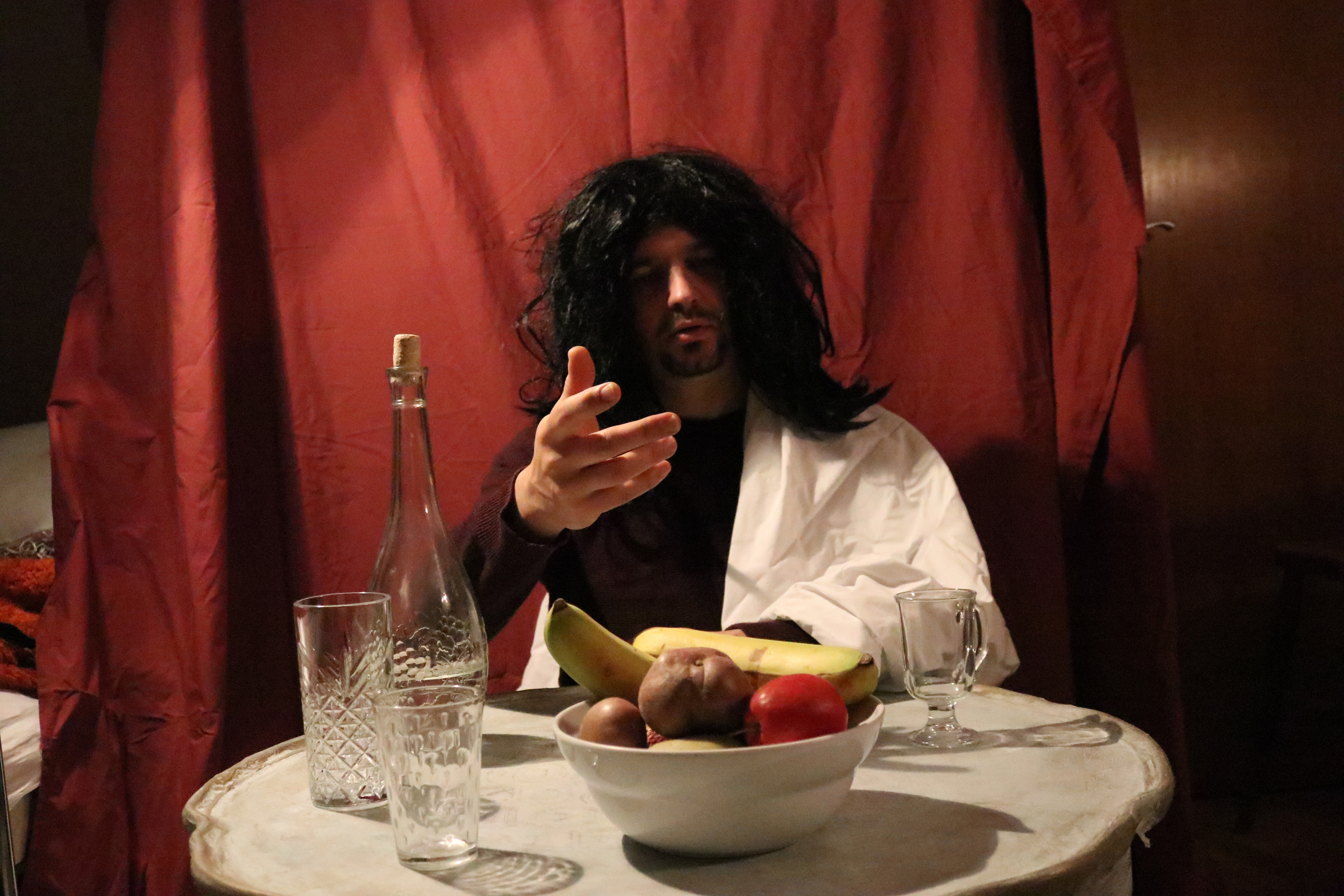
Image 1; used as base image for the final edit.
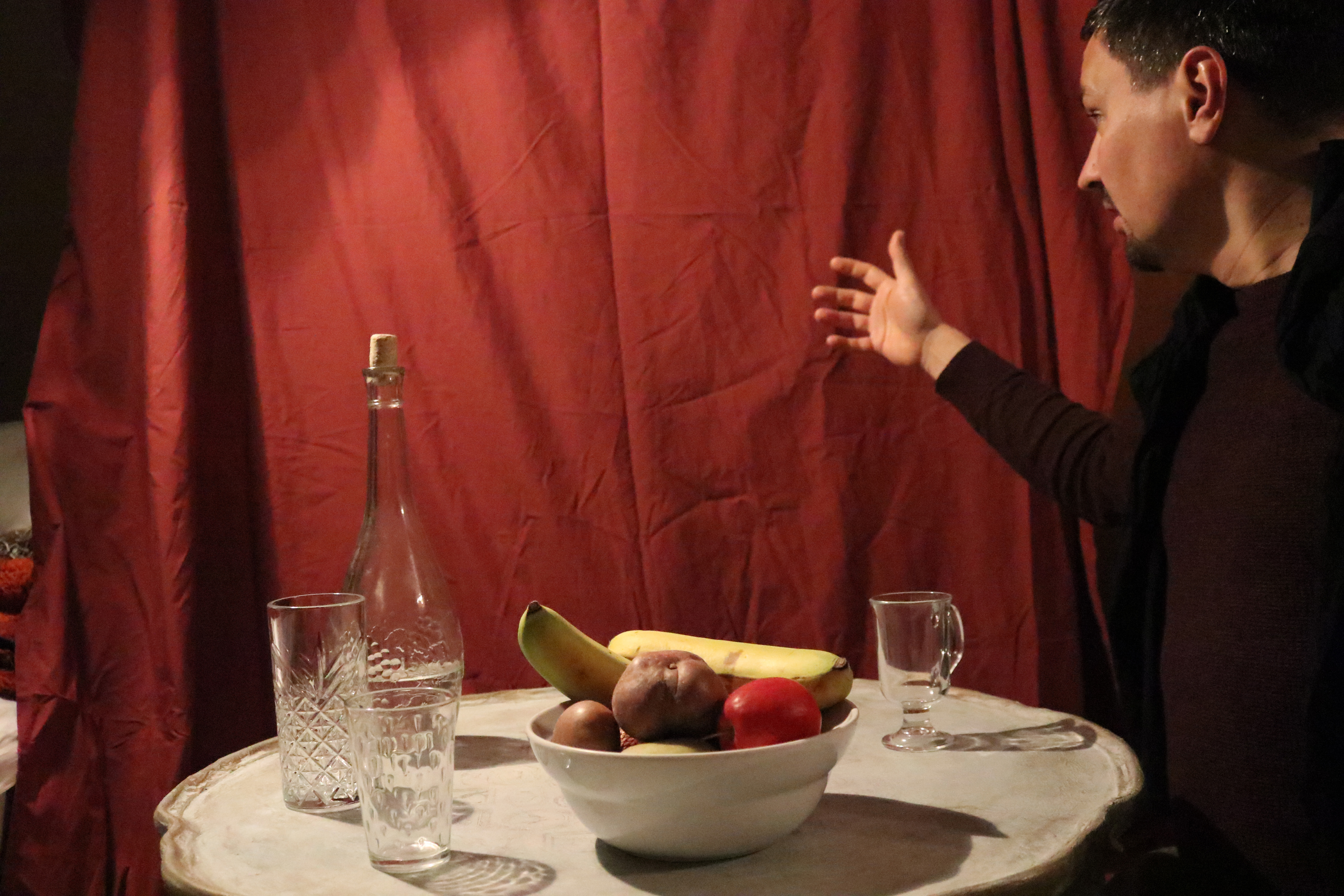

Edit
I have edited this image by using a base image as an anchor-point to synchronize the other images and the props, to do this I have also set the opacity of the other images to 50%.

After wards I cut out and set new layers for the crucial parts of the layering images e.g: Shadows, subjects. And then used the eraser tool with low hardness to ensure a smooth transition between the anchor image and the layer images.

Final Edited Image
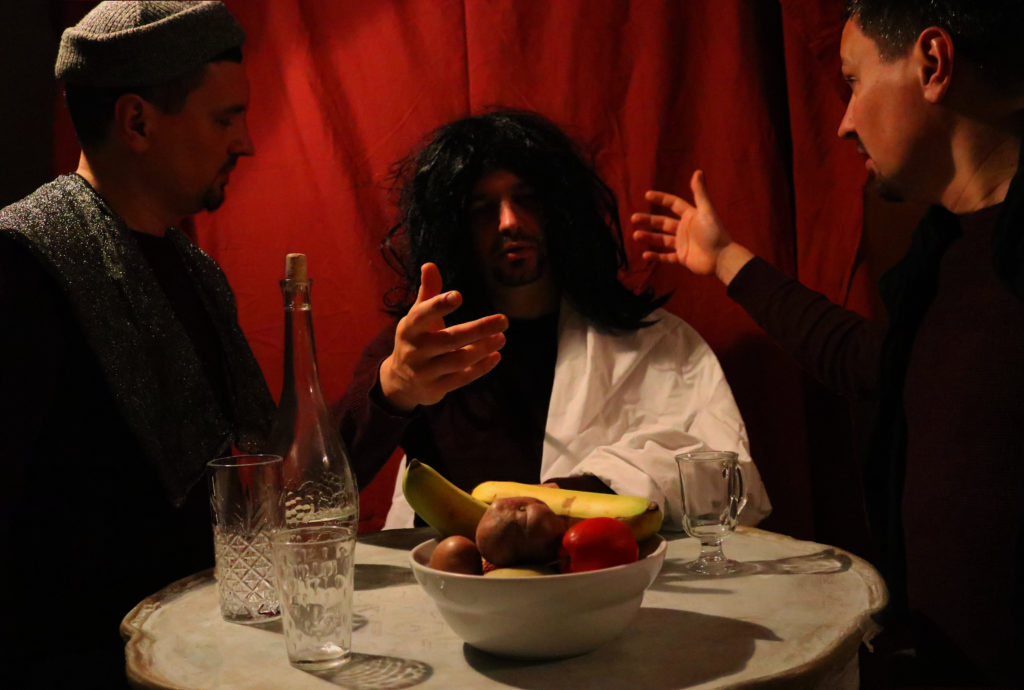
Street Photography Trip
Image Selection
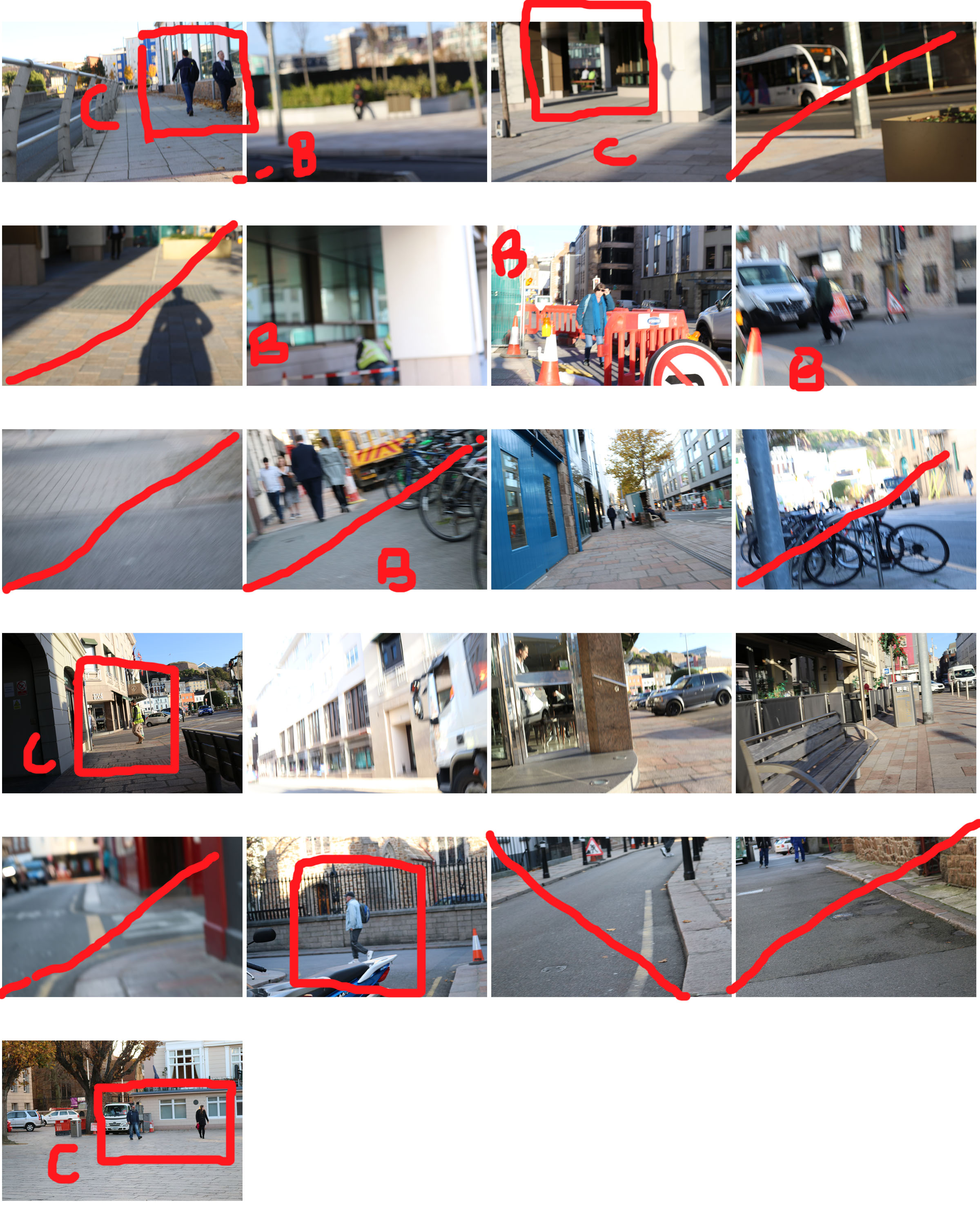
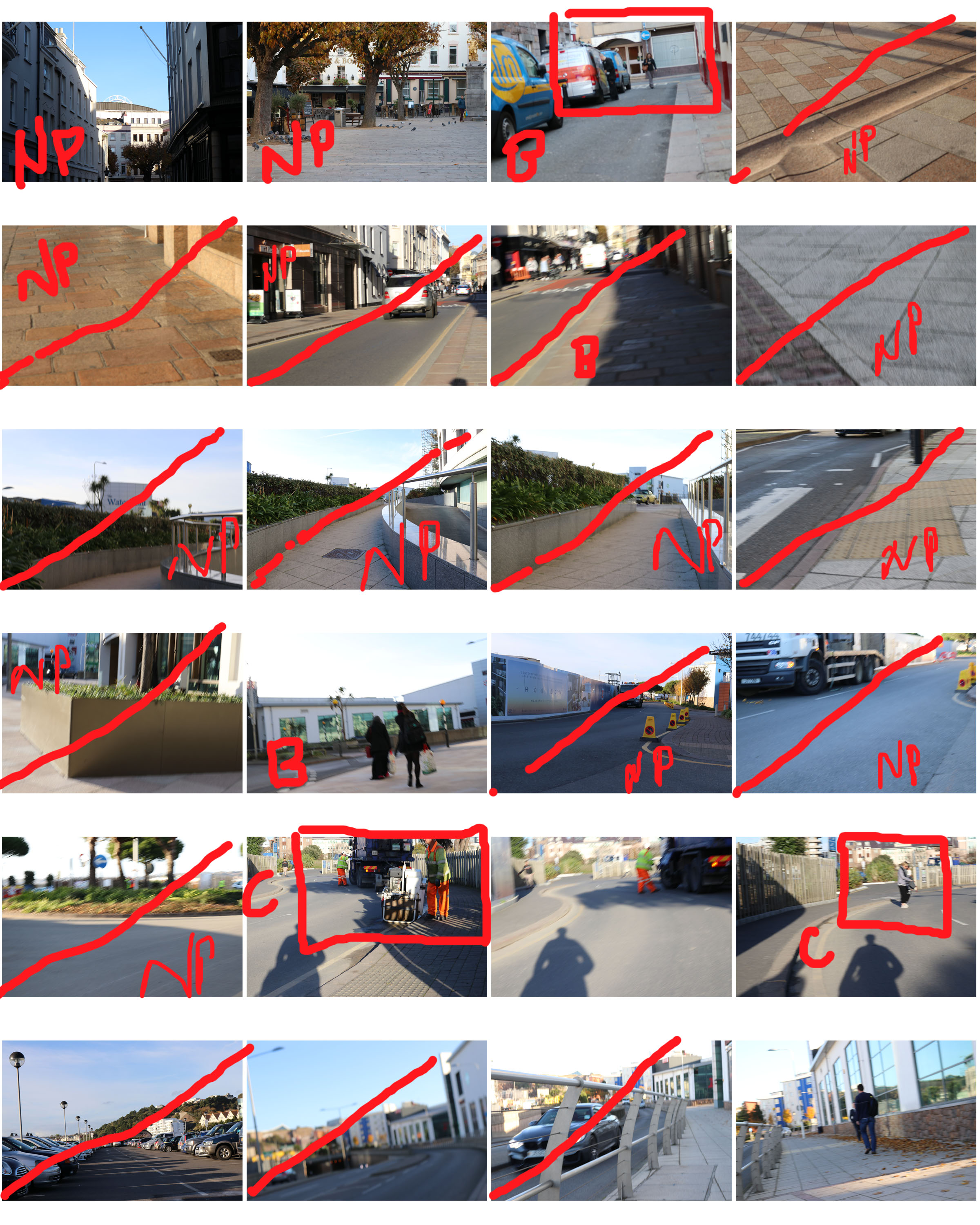
Selected Images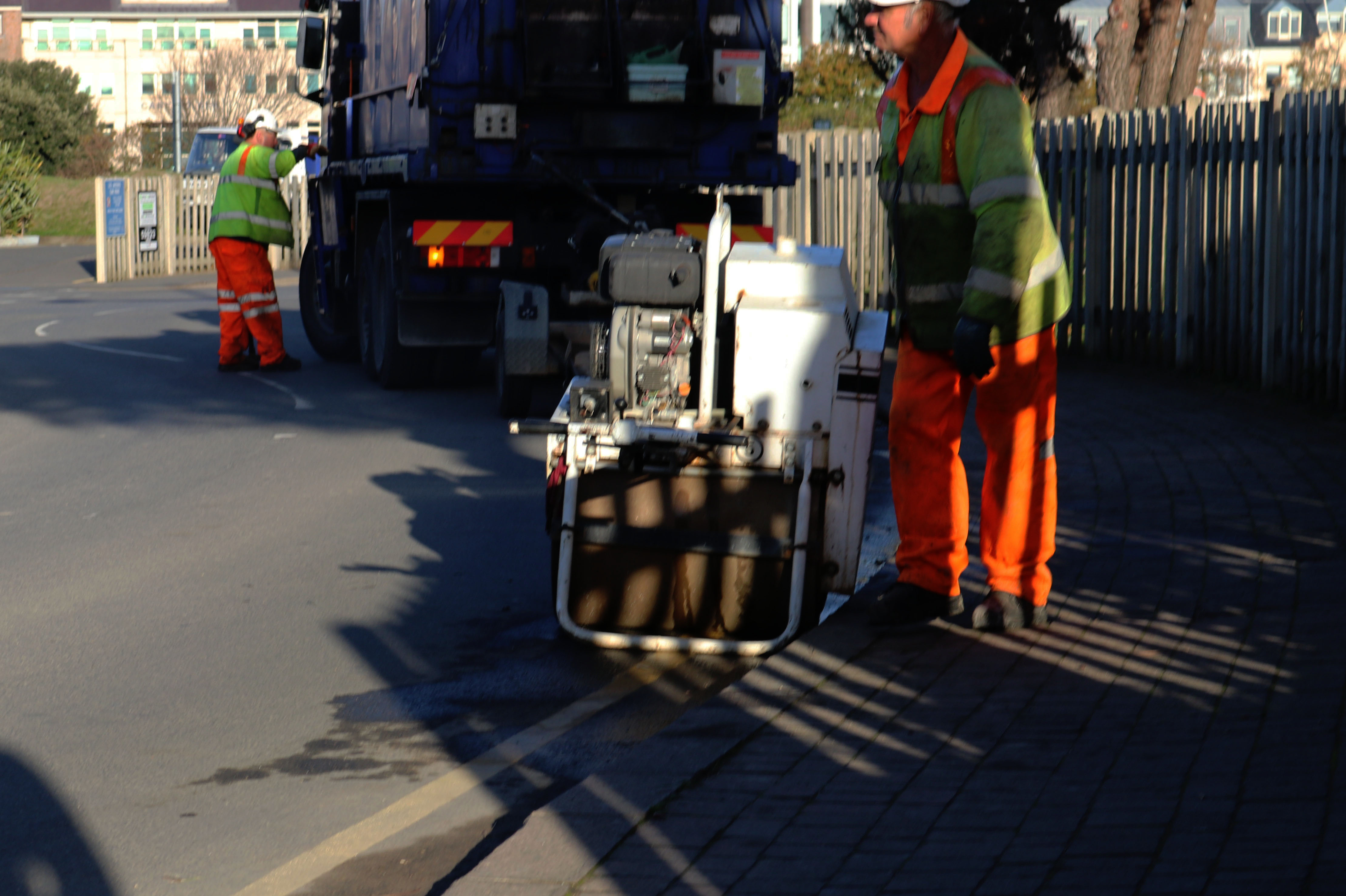


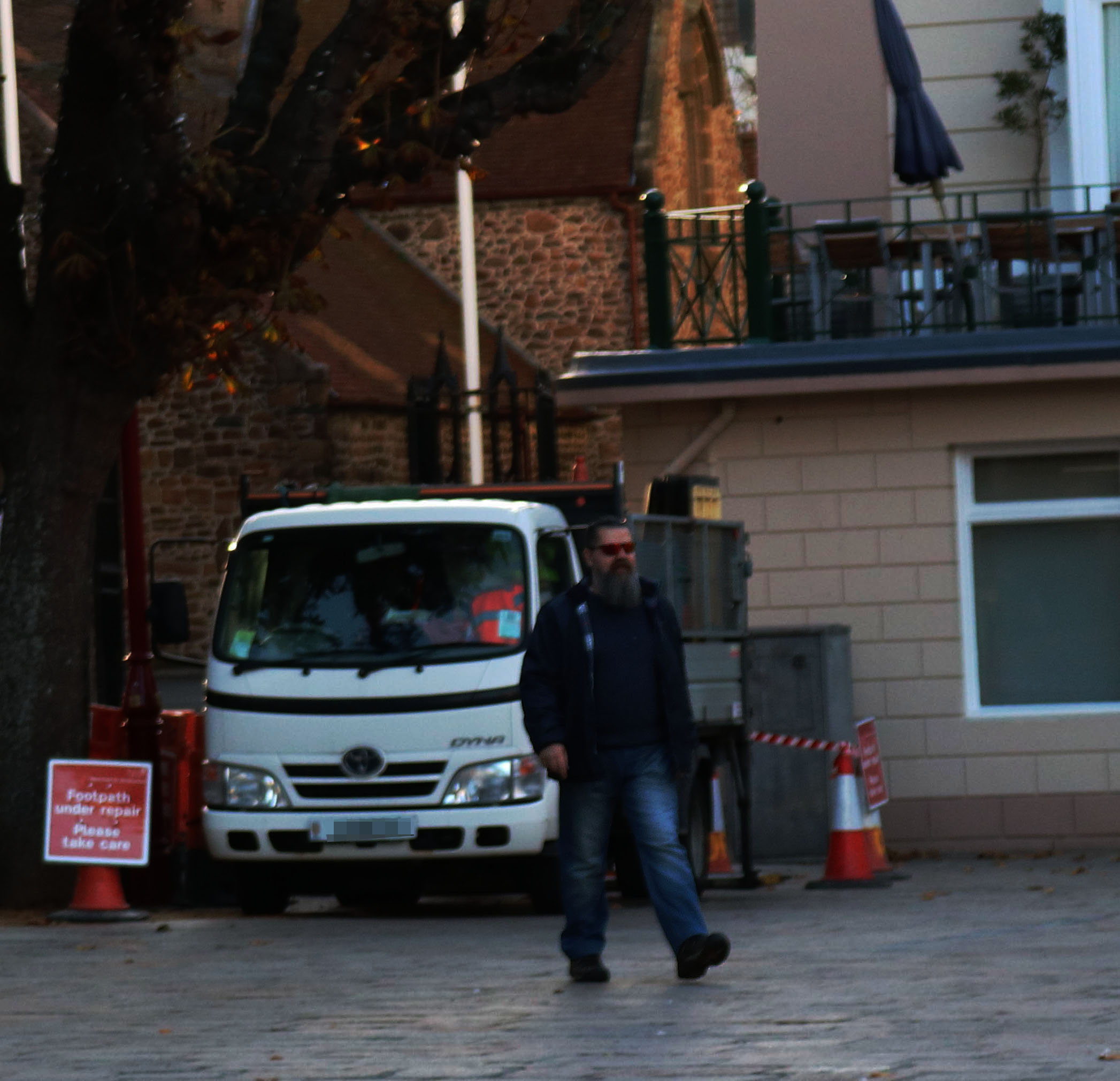
What I would do differently when taking street photography images is change the settings for the camera focus to AI Servo, this would allow me to get sharper and less blurry images of moving people. I would also go to areas in St Helier like king street which are usually busy and full of people. This would allow me to capture more images.
Studio Lighting
What Is Studio Lighting?
Control over lighting offers the photographer control over the final image.
Often photographers work with available light — the sun, ambient light, firelight or available artificial lights. Our knowledge of varied exposure tactics offer us many options for making use of available lighting, but, there are, admittedly, times when we want to control illumination as well as subject as well as the camera and exposure settings.
Studio lighting — strobes, reflectors, diffusers and so forth — offers us that control. https://www.harding.edu/gclayton/photography/topics/010_studio_lighting.html
Three Point Lighting
A common general lighting setup involves a key light, a fill light and a backlight.
The key light provides the main illumination of the subject.
The fill light offers illumination to surfaces turned away from the keylight, providing a better ratio of light and dark tones.
The back light either illuminates the background (or backdrop), or is used on the back of the subject (hair light or rim light) — often aiming to creating rim lighting.

The Three Point Lighting Technique is a standard method used in visual media such as video, film, still photography and computer-generated imagery. It is a simple but versatile system which forms the basis of most lighting.
Experimentation
The aim of this shoot was to experiment with different white-balance, ISO, shutter speed and studio lighting.
The final ISO, shutter speed, and white-balance to execute a well lit studio photo shoot is ISO: 800, Shutter-speed: 60, and white balance for tungsten light.
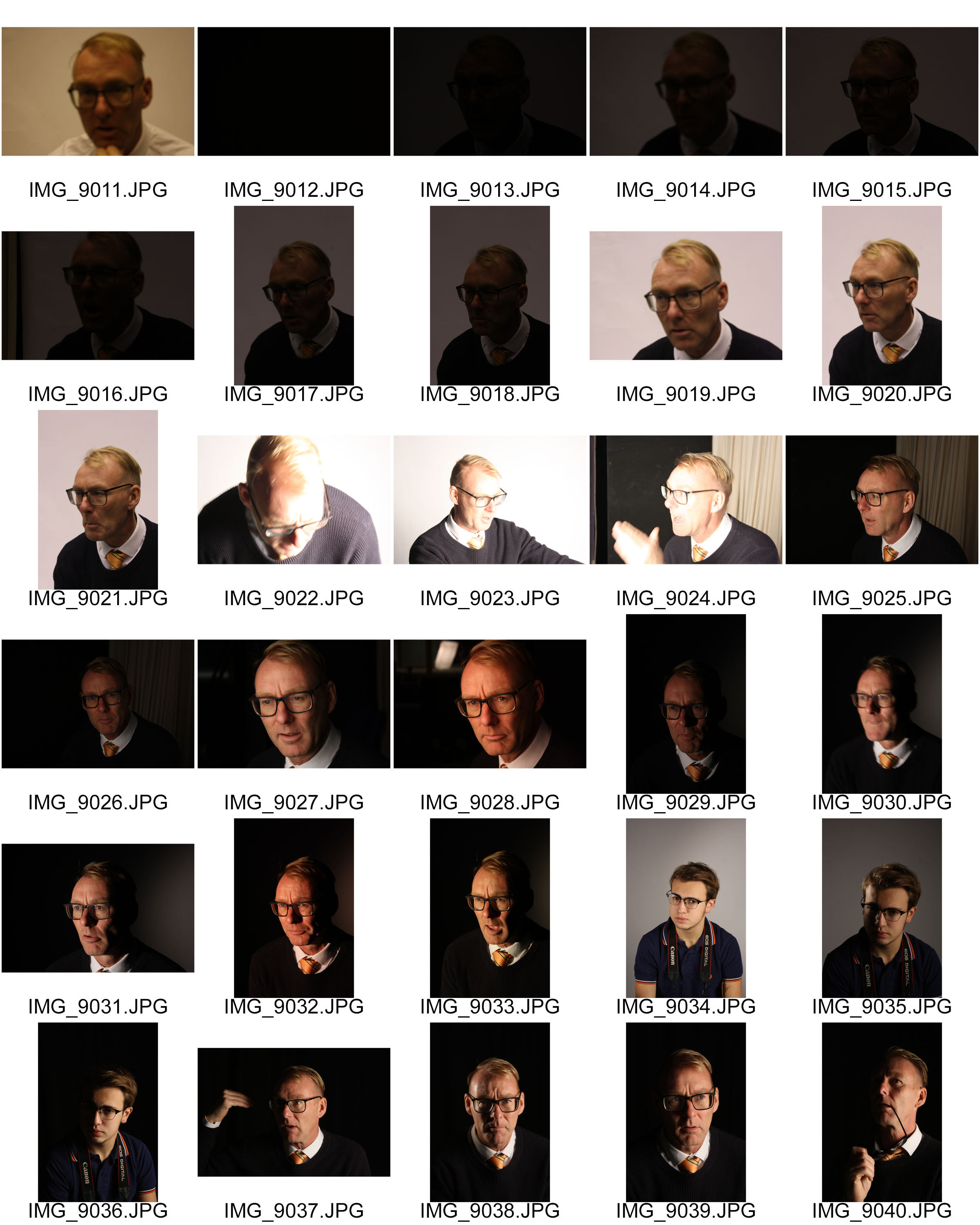
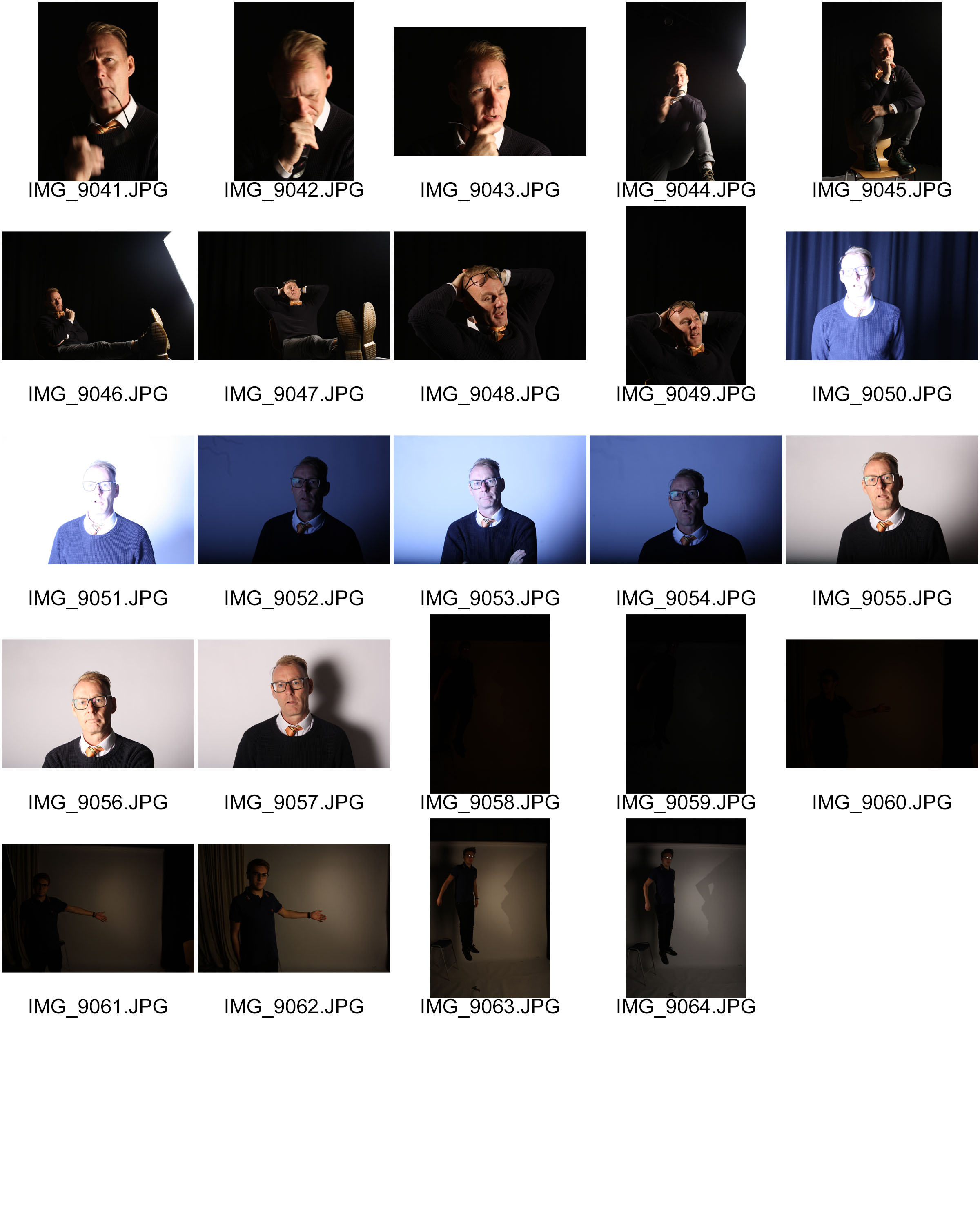
Favourite Outcomes from the Experimentation
Studio Lighting; Low Key, Chiaroscuro
Chiaroscuro lighting is an artistic term dating back to the Renaissance that is noted by the contrast between dark and light. It is often times used in a bold manner so that it has a noticeable and dramatic effect on the entire composition of a work
Examples of Chiaroscuro lighting
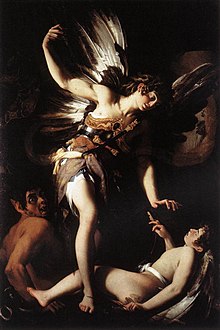
Giovanni Baglione. Sacred and Profane Love. 1602–1603, showing dramatic compositional chiaroscuro
Peter Paul Rubens’s The Elevation of the Cross (1610–1611) is modelled with dynamic chiaroscuro.
Chiaroscuro Shoot
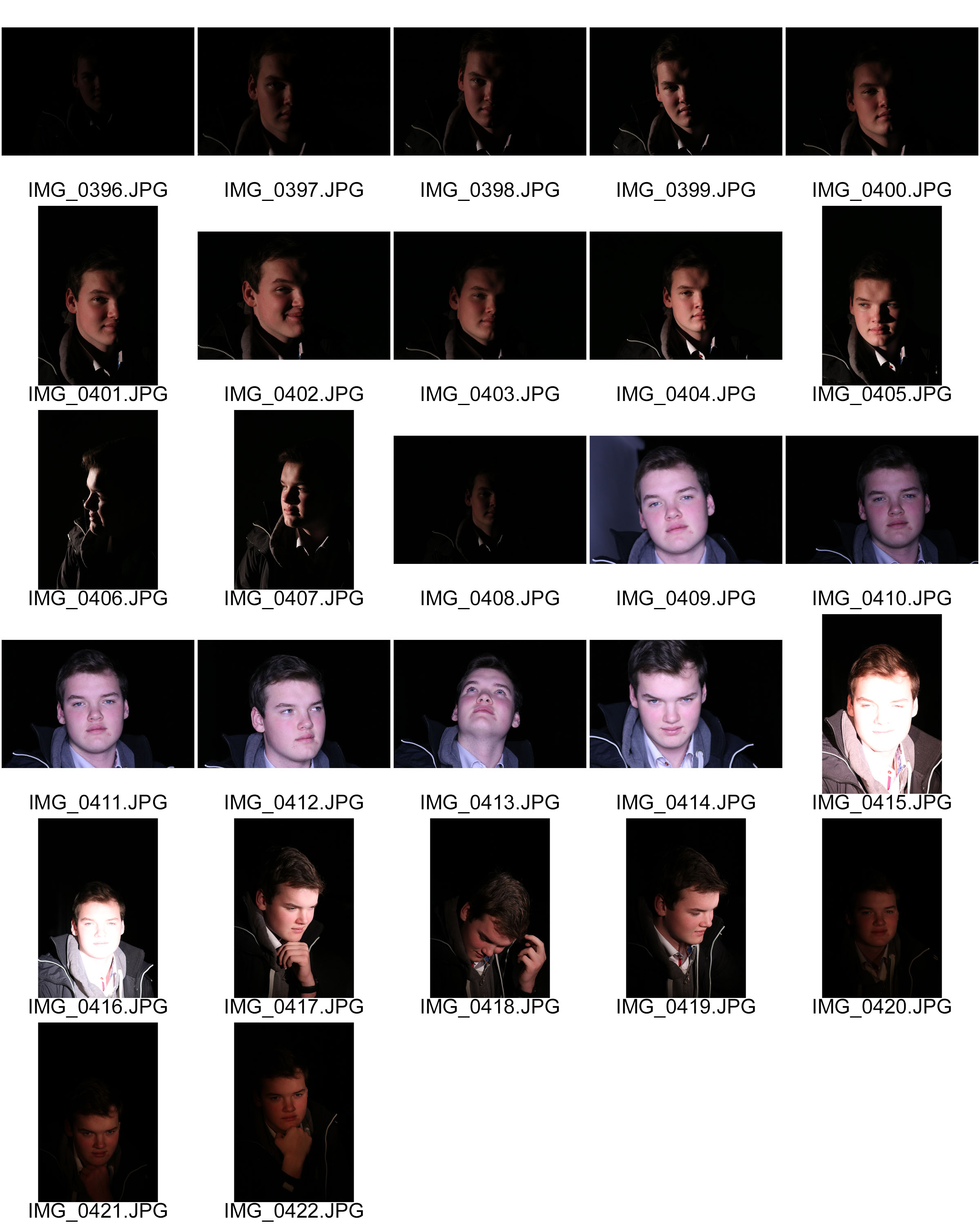
Favourite Outcomes for Chiaroscuro/Low Key lighting

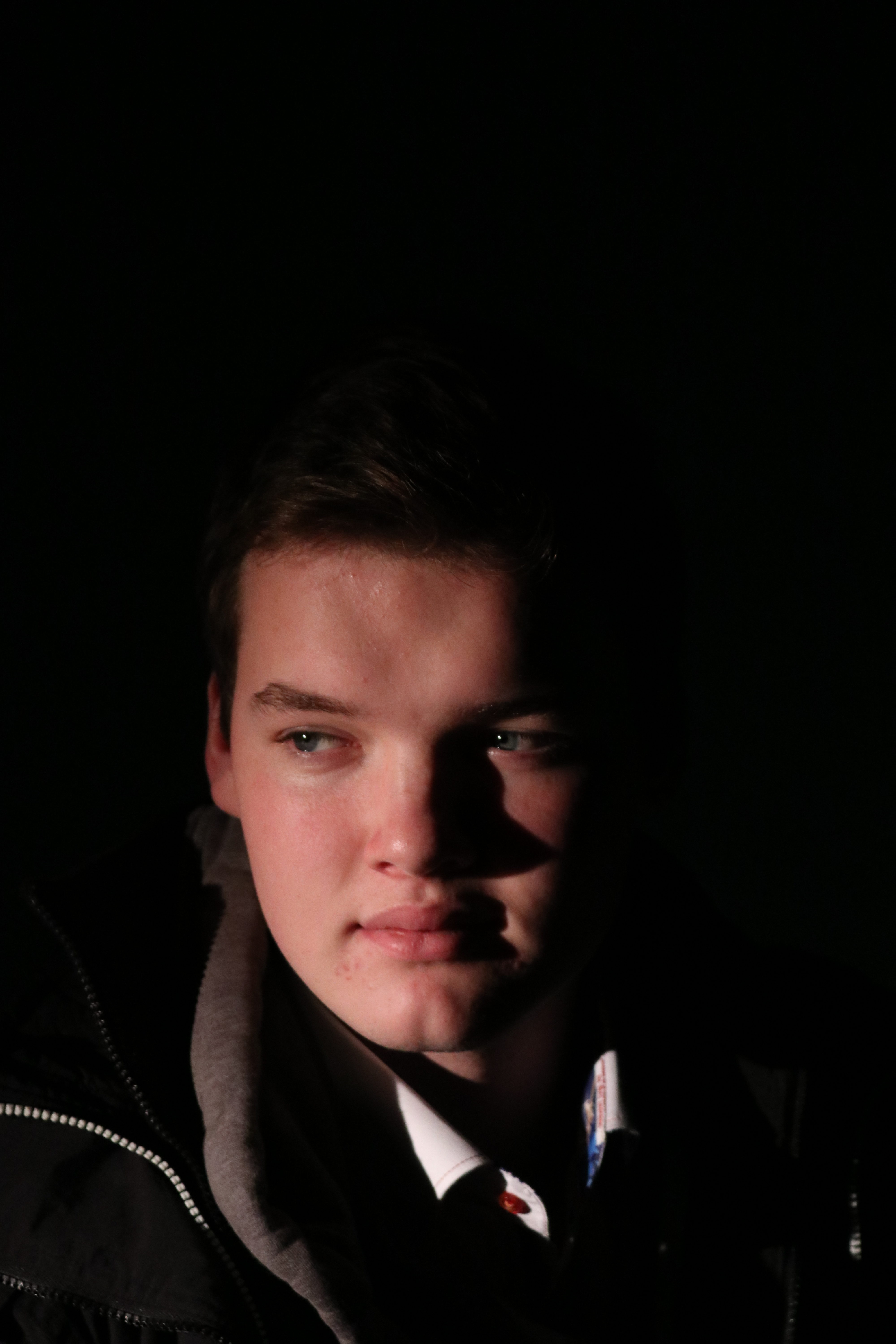
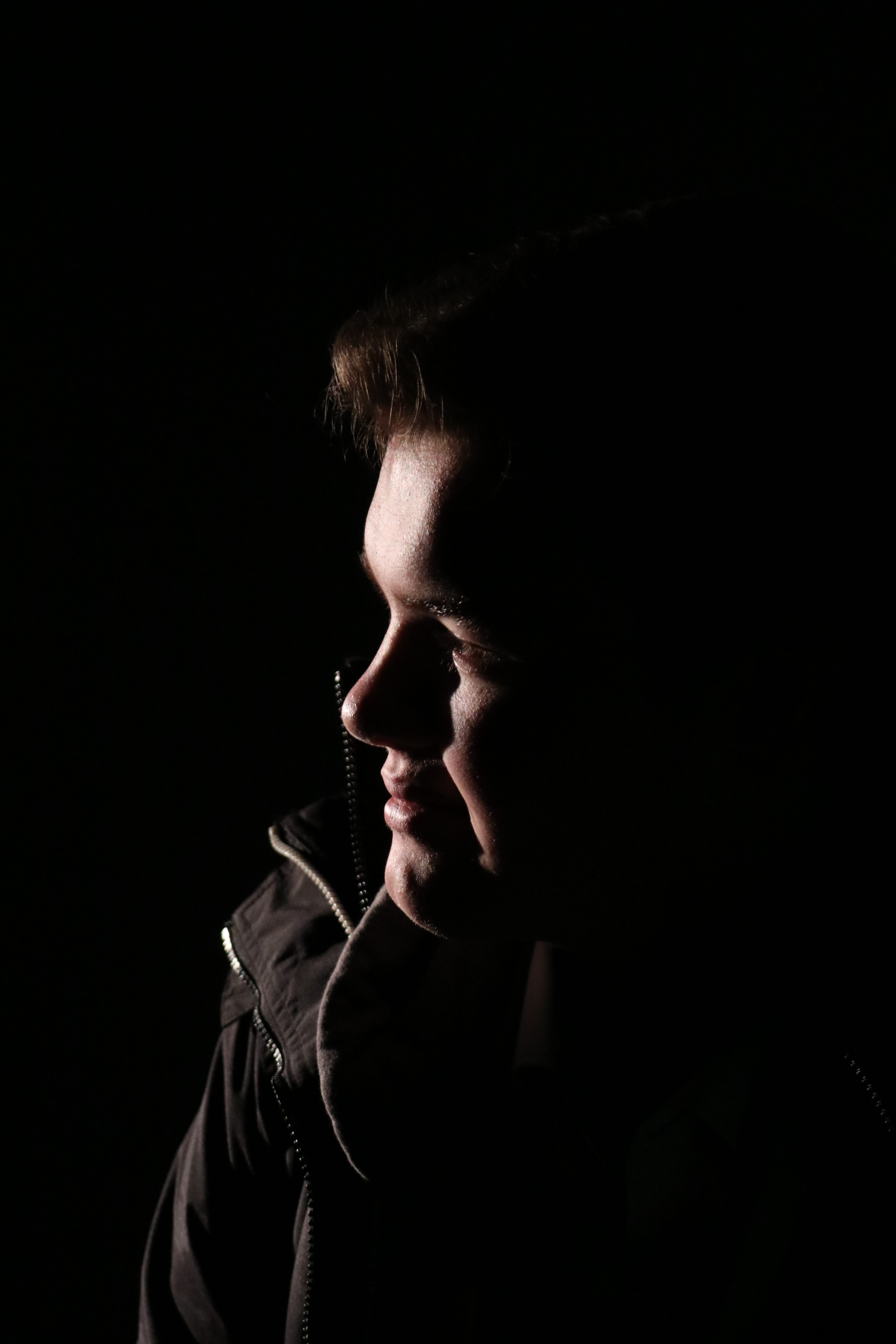
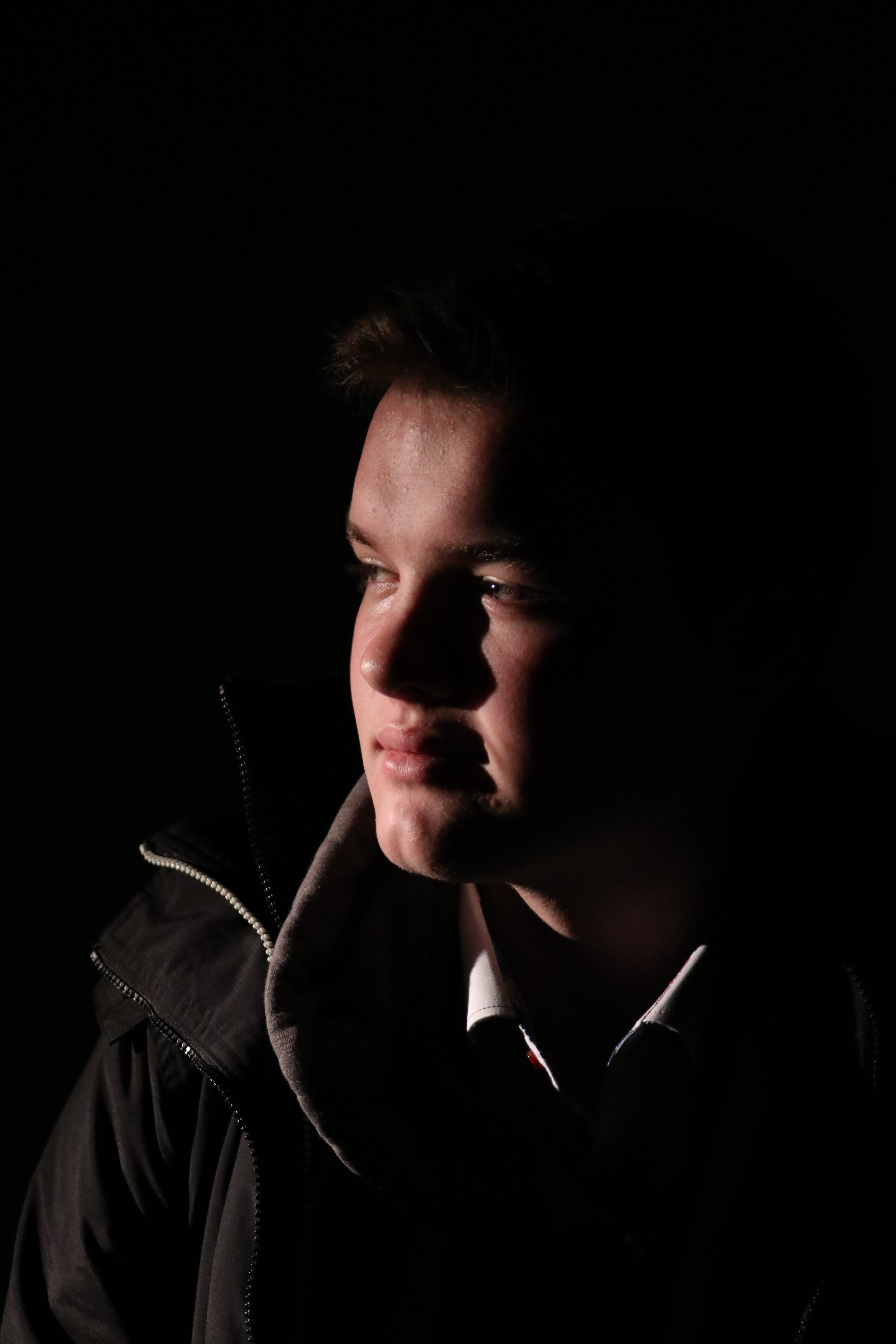
Street Photography
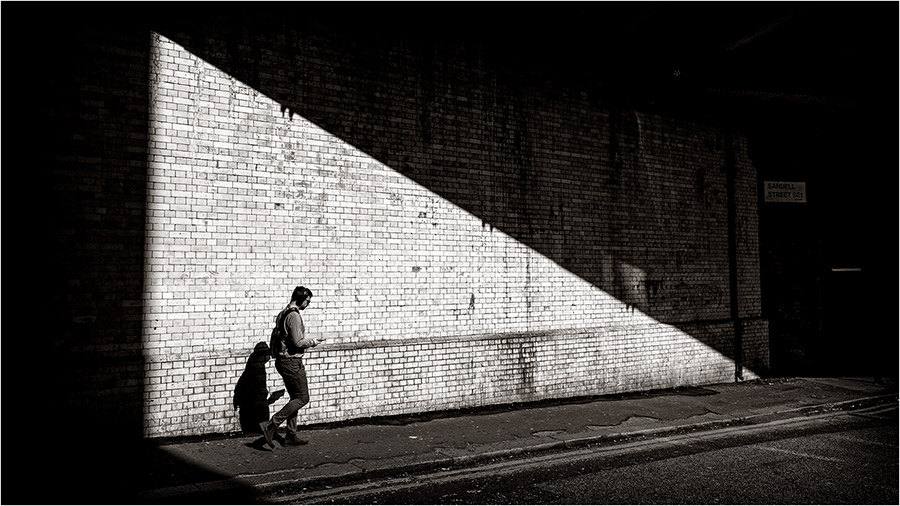
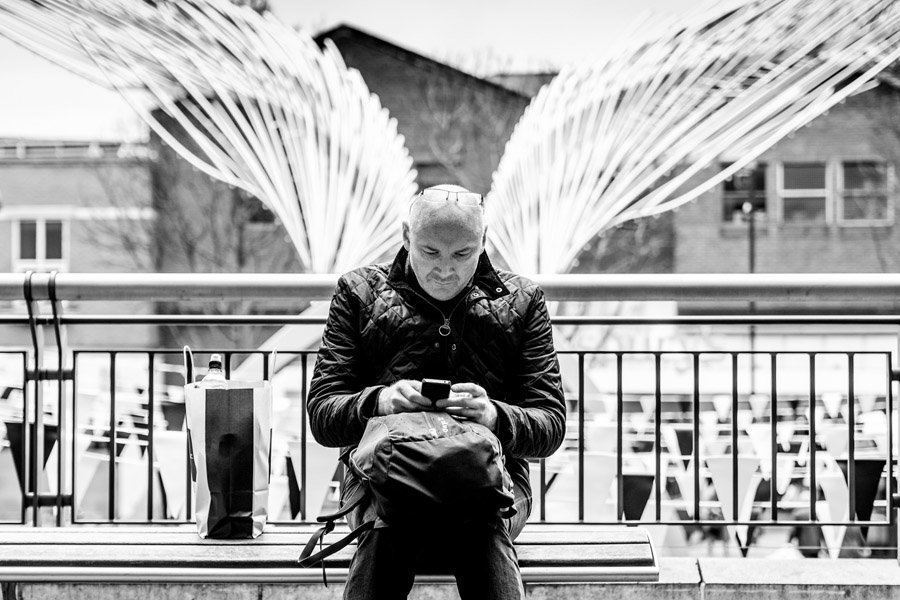
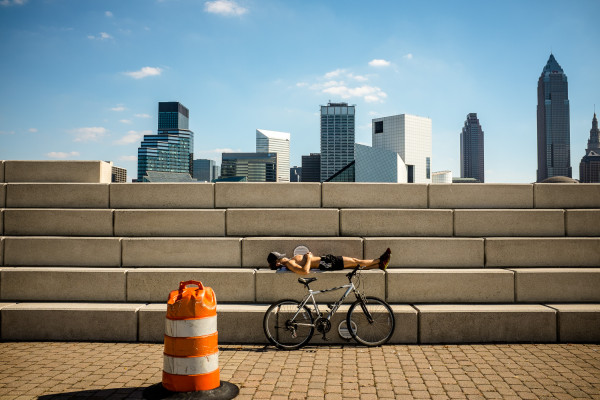
![]()
“Be yourself. I much prefer seeing something, even it is clumsy, that doesn’t look like somebody else’s work.” – William Klein
“There is a creative fraction of a second when you are taking a picture. Your eye must see a composition or an expression that life itself offers you, and you must know with intuition when to click the camera. That is the moment the photographer is creative. Oop! The Moment! Once you miss it, it is gone forever.”- Henri Cartier-Bresson
“I love the people I photograph. I mean, they’re my friends. I’ve never met most of them or I don’t know them at all, yet through my images I live with them.” – Bruce Gilden
Threshold Concept #7
Photographs are not fixed by meaning, context is everything.
Environmental Portraiture
An environmental portrait is a portrait executed in the subject’s usual environment, such as in their home or workplace, and typically illuminates the subject’s life and surroundings.
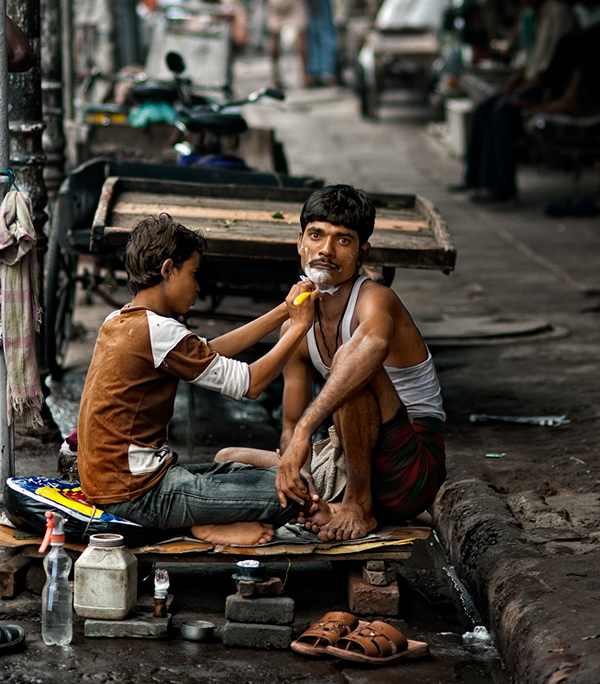 Image Credit: Prateek Dubey.
Image Credit: Prateek Dubey.
Photoshoot
For this shoot, I have decided upon photographing my dad working in his workshop; in-which he does woodworking as a pass time.

Best Outcomes: Edited